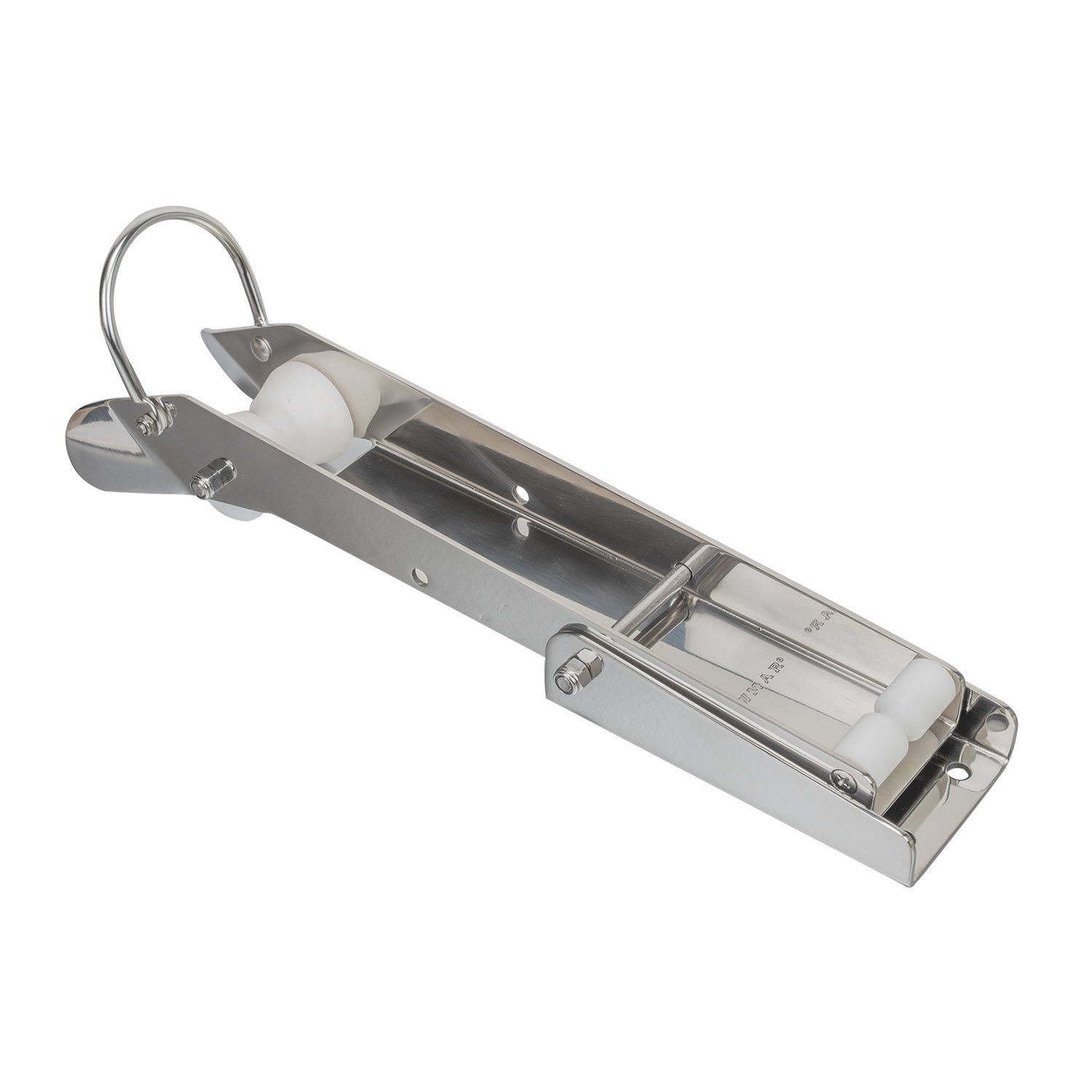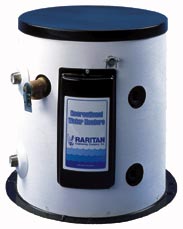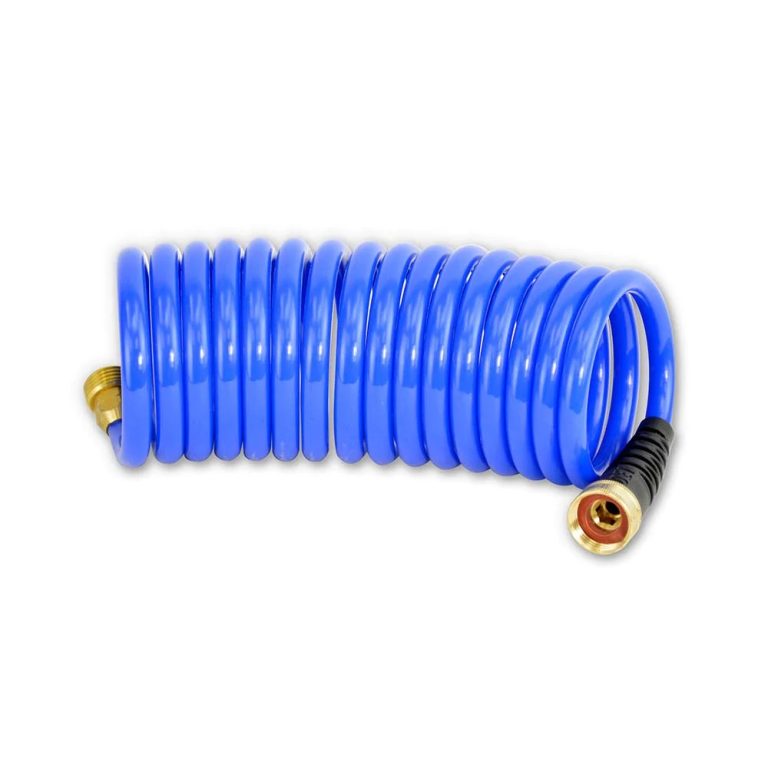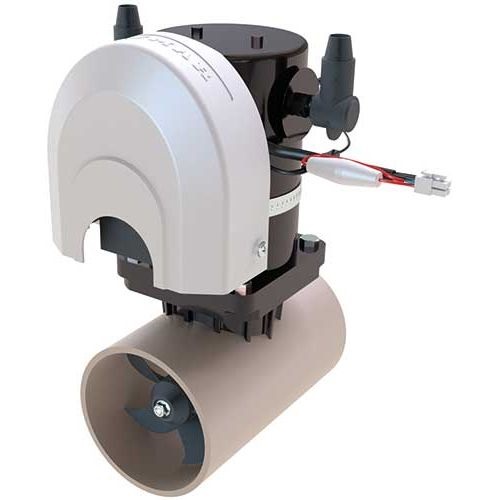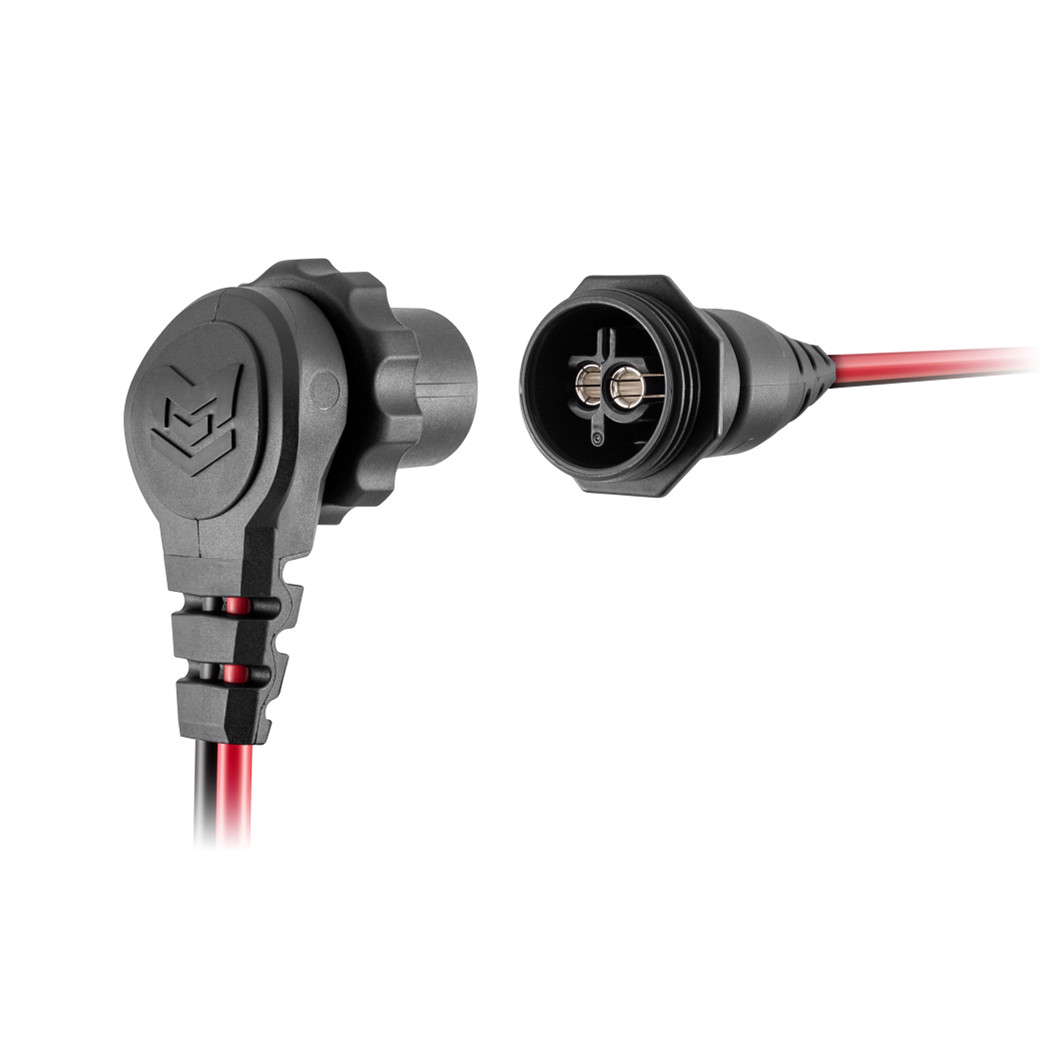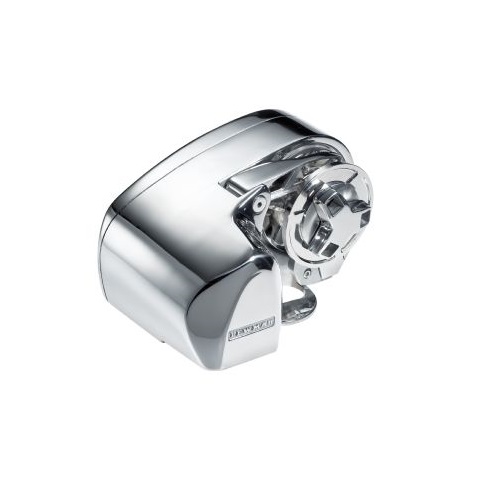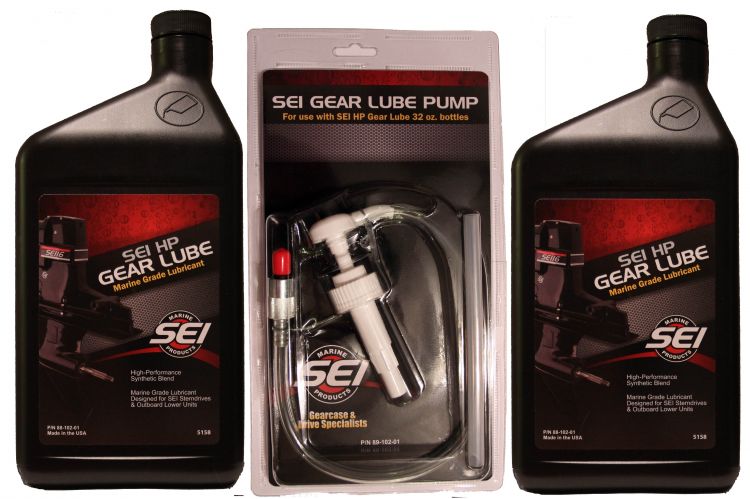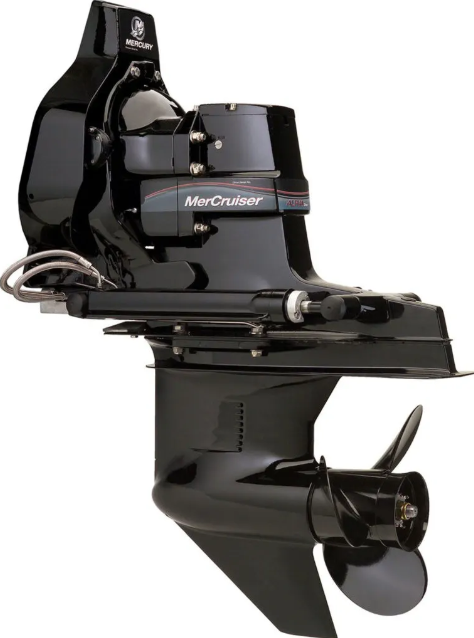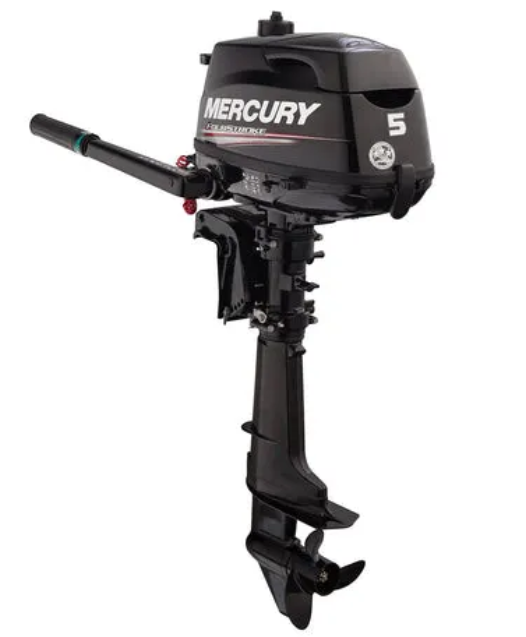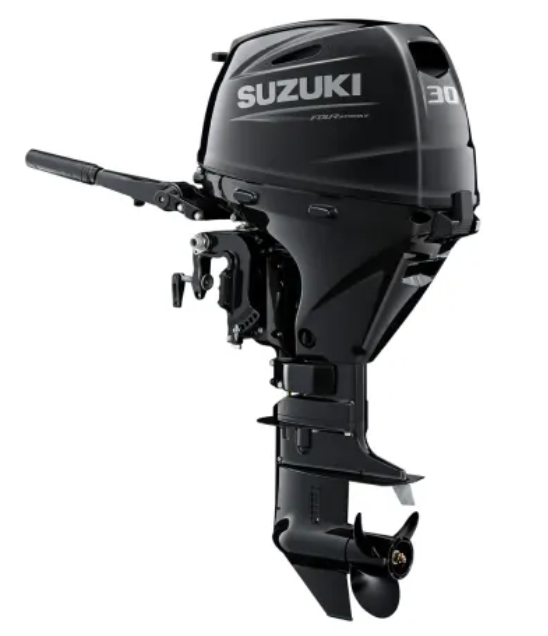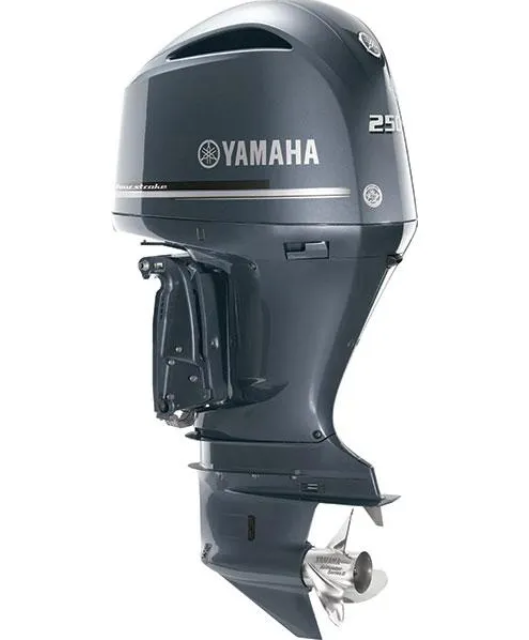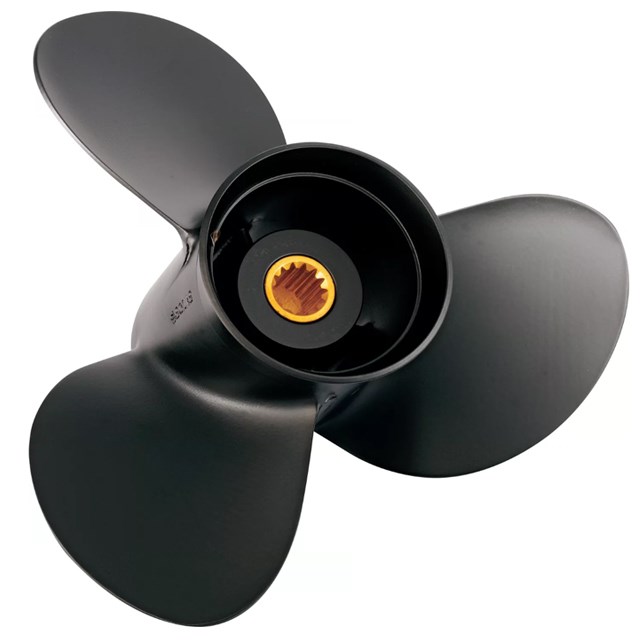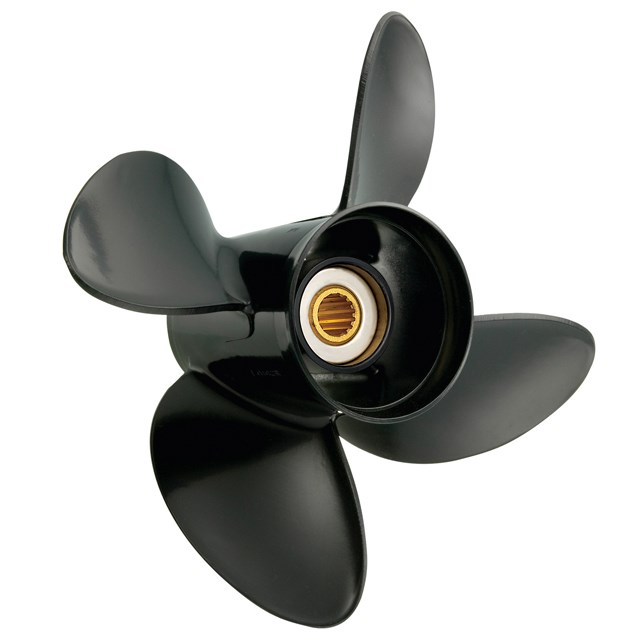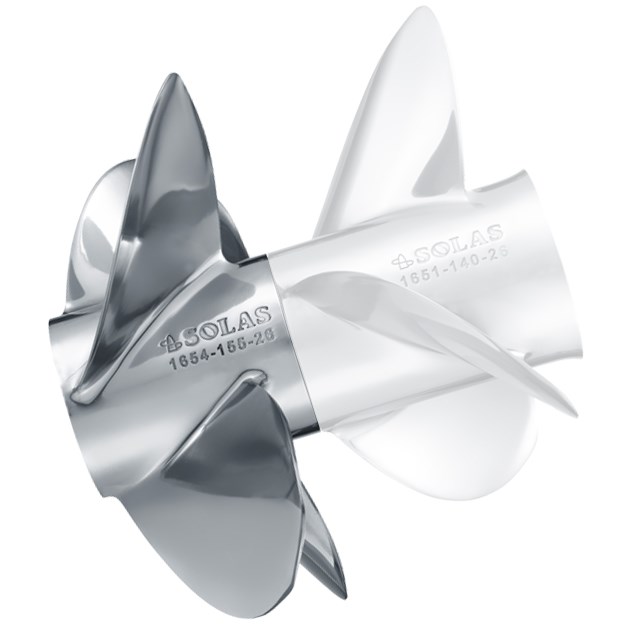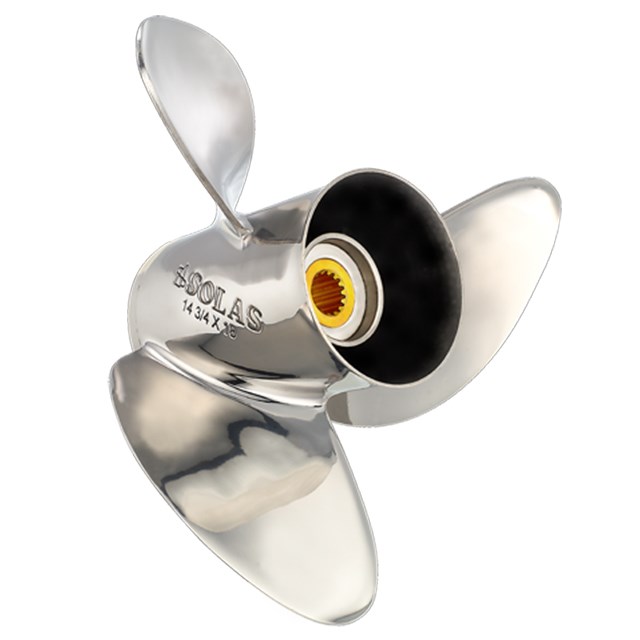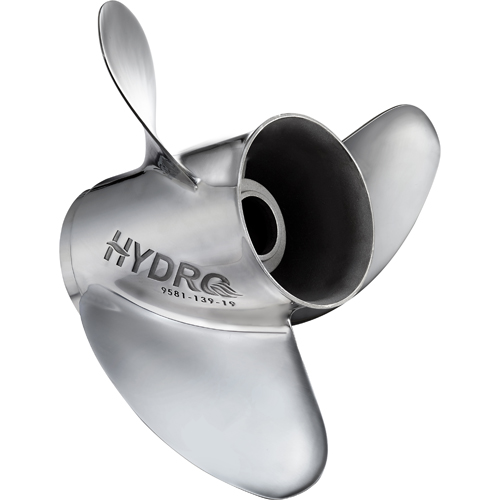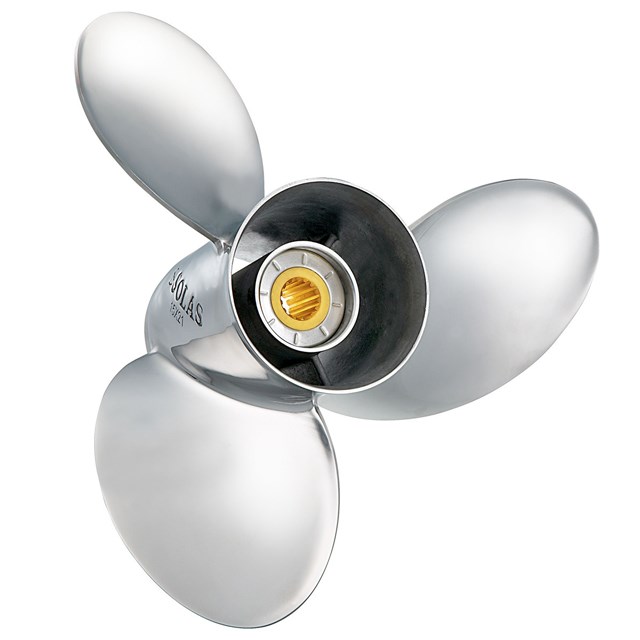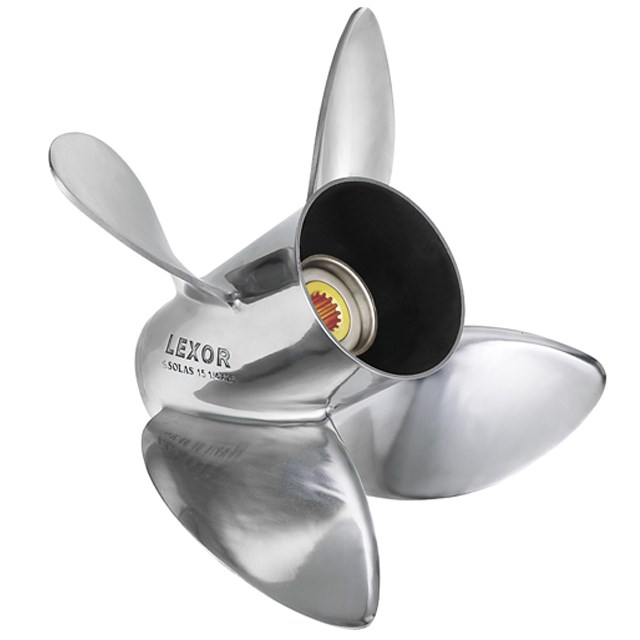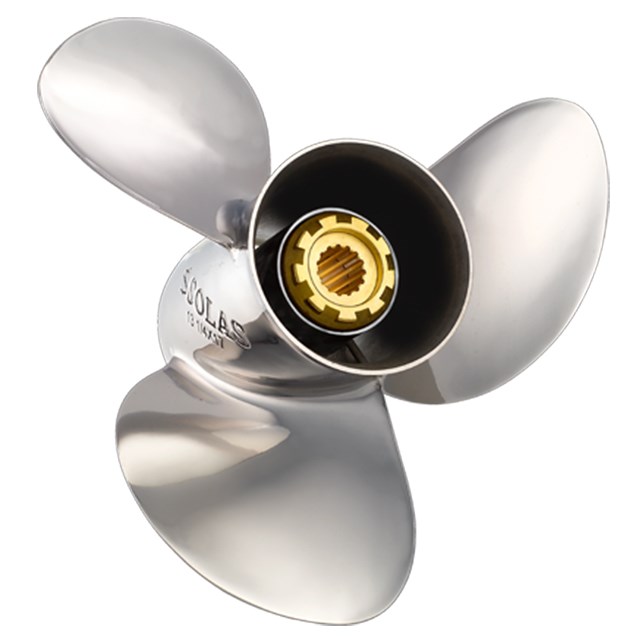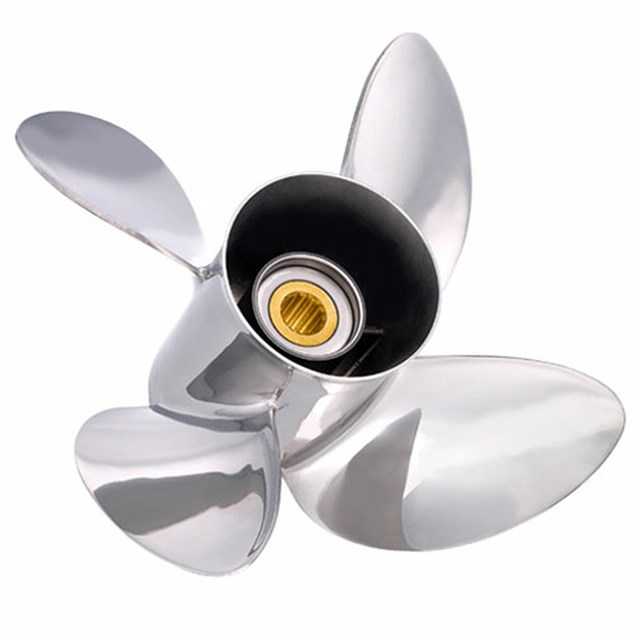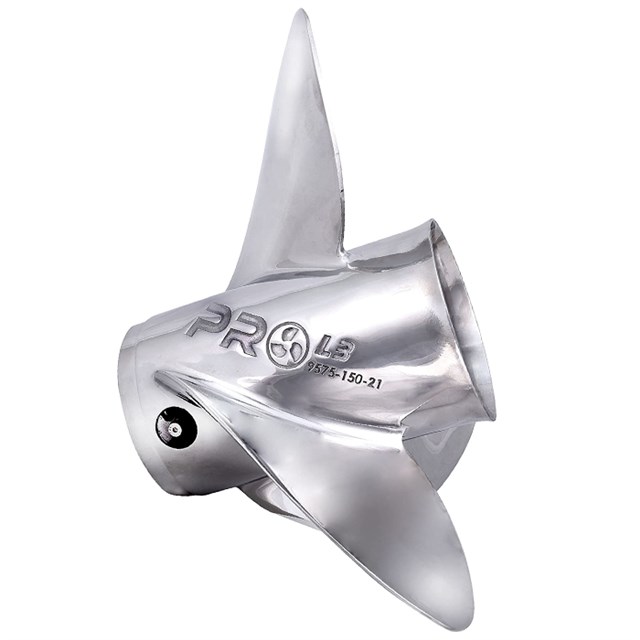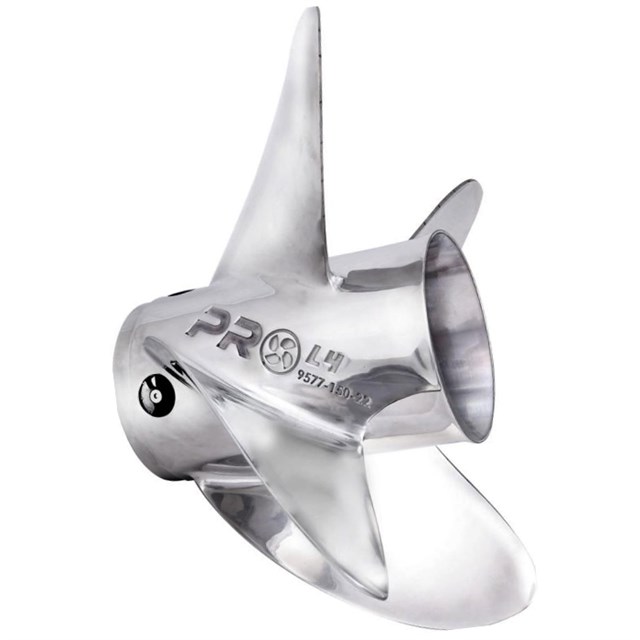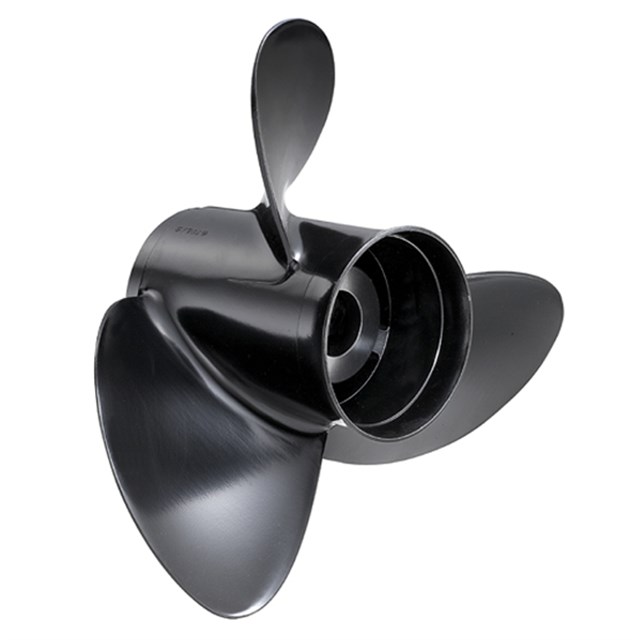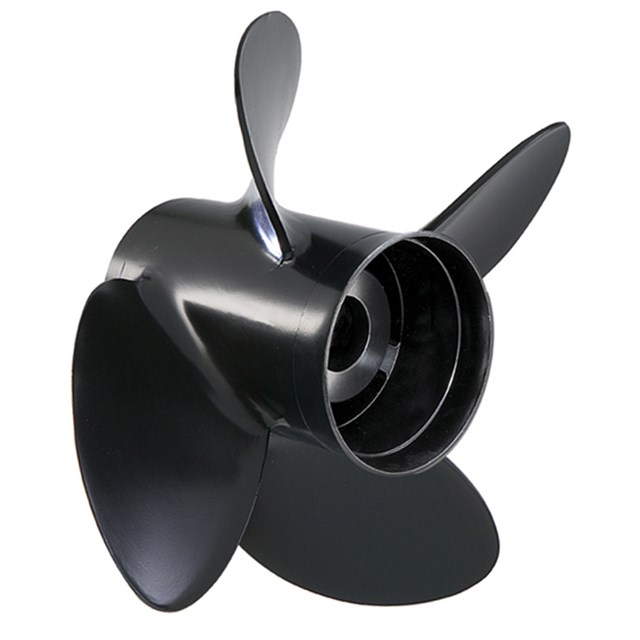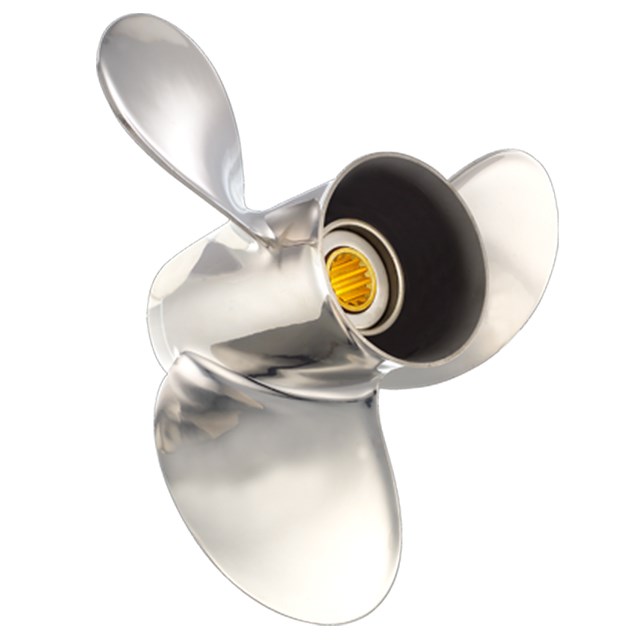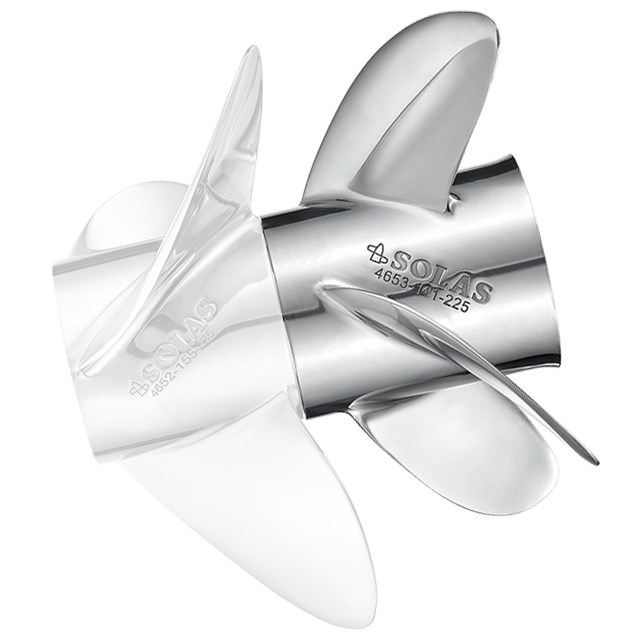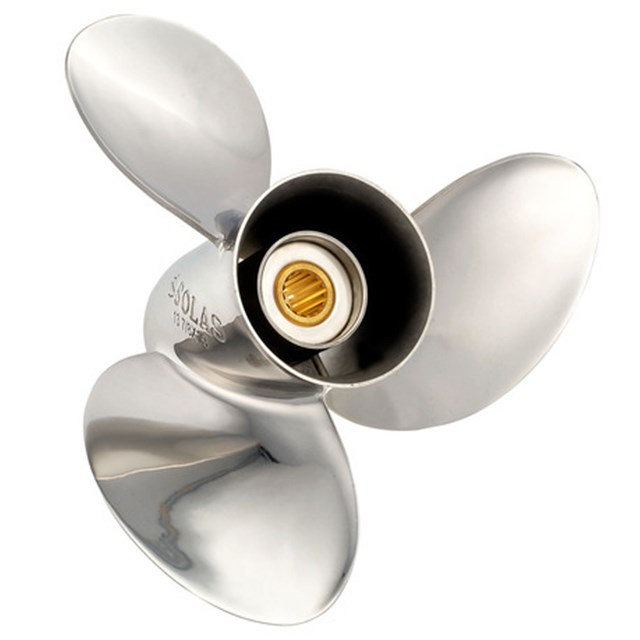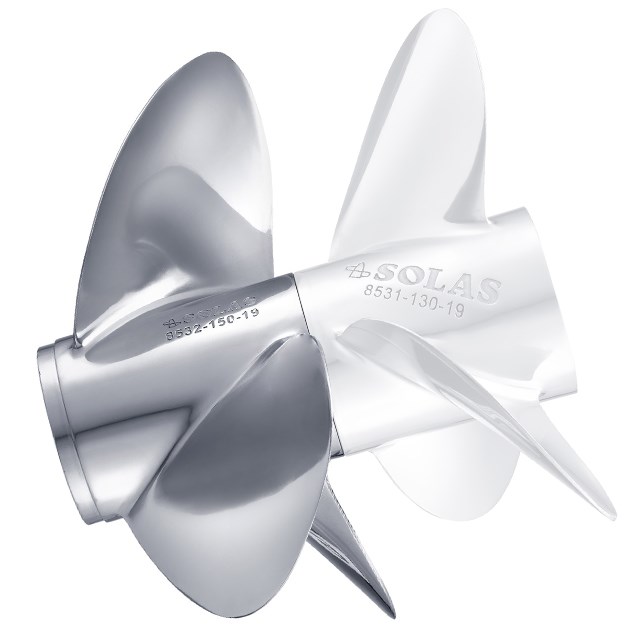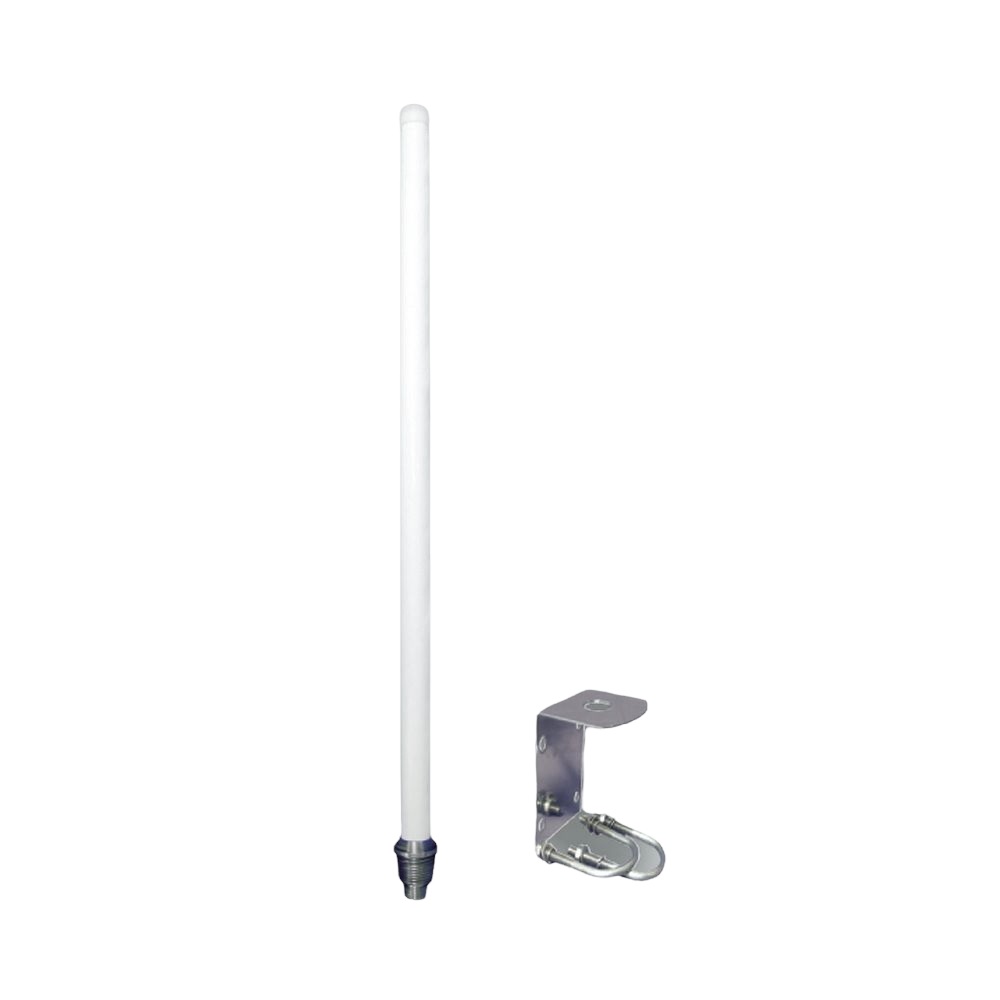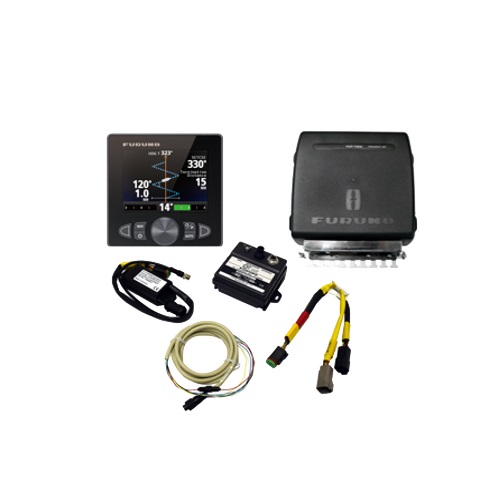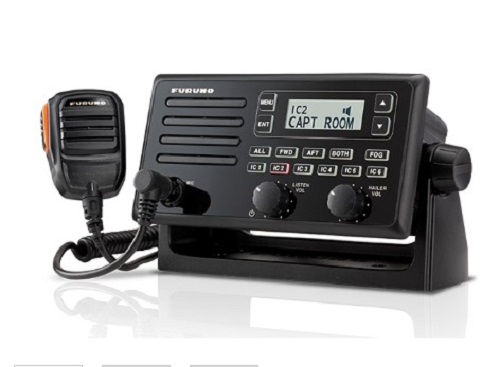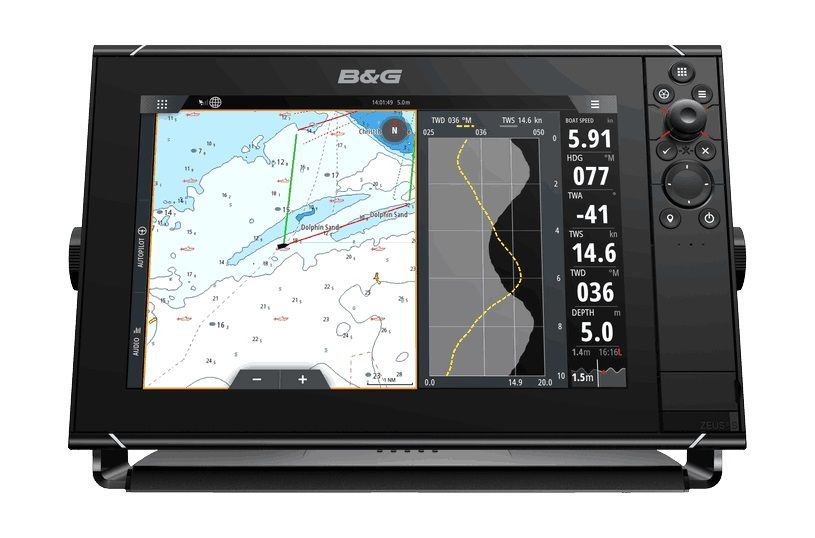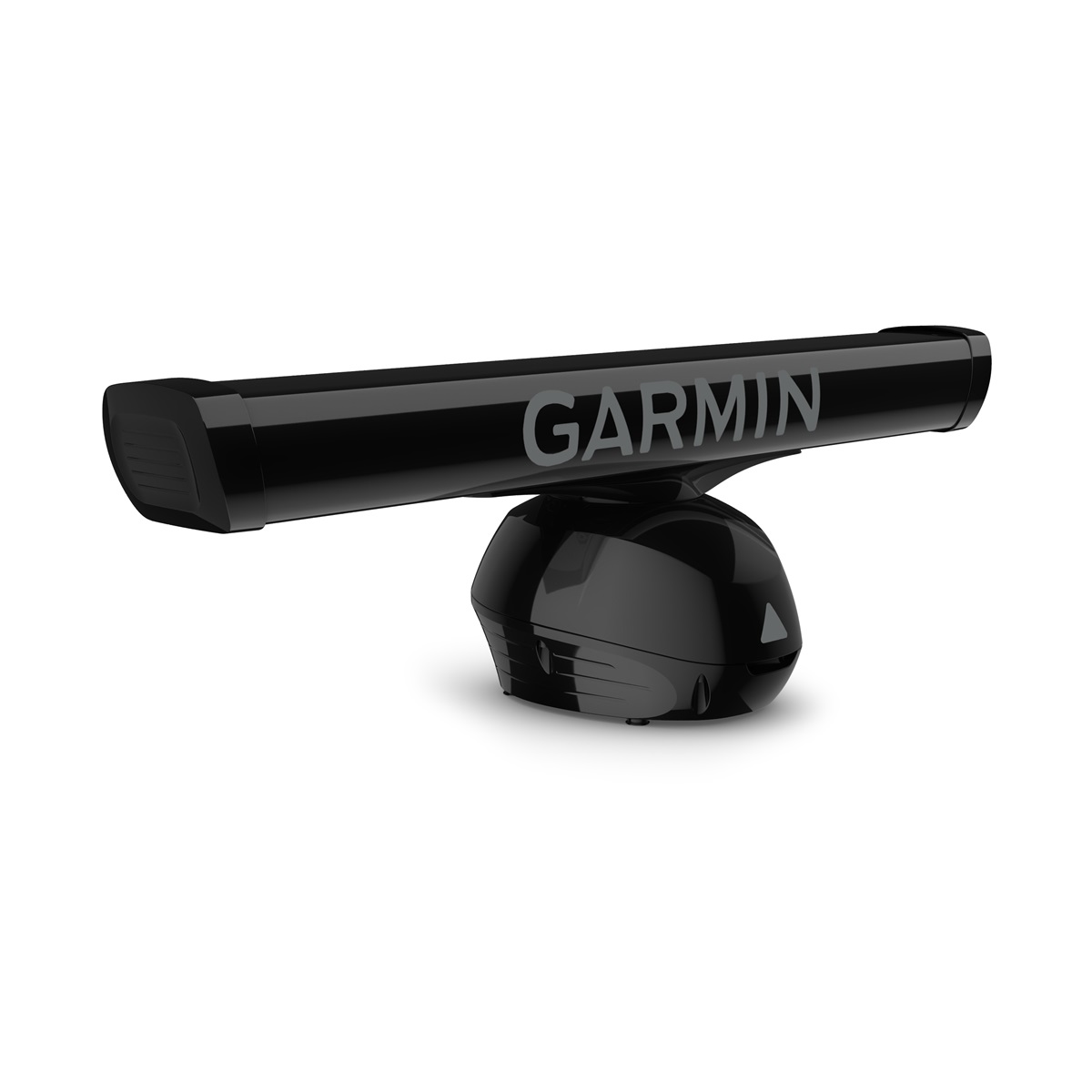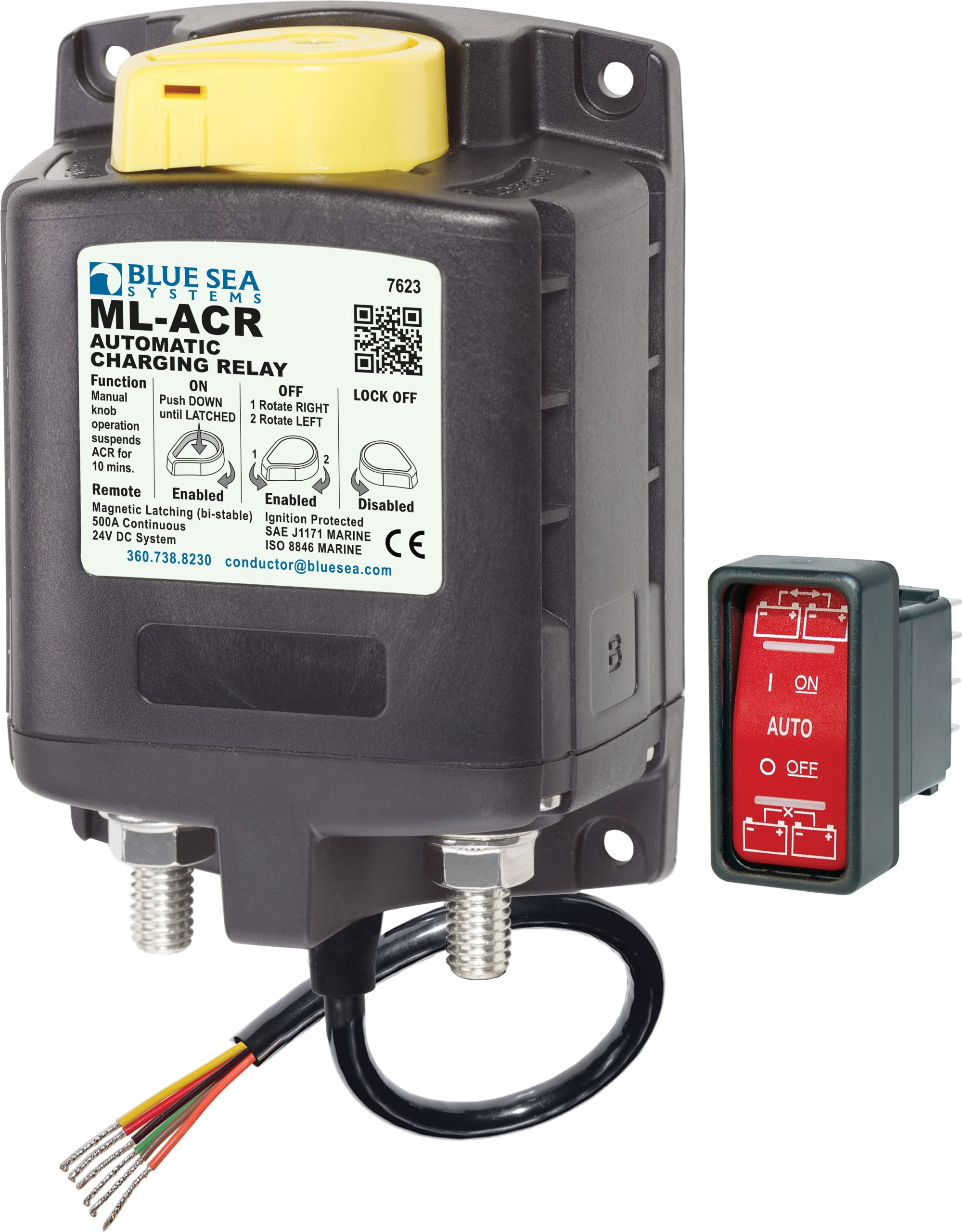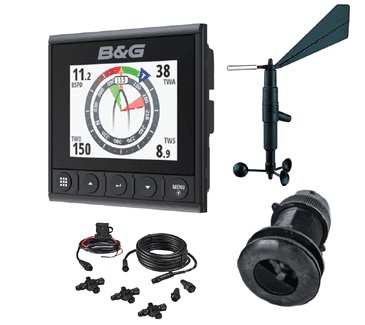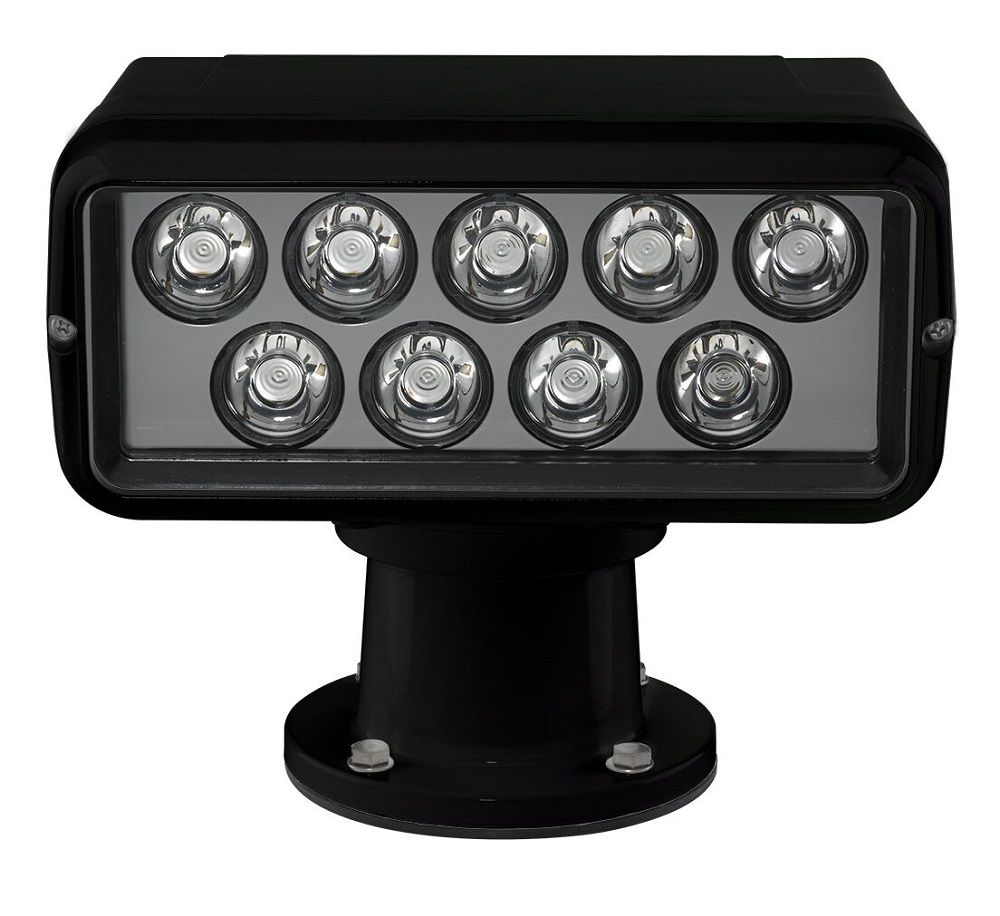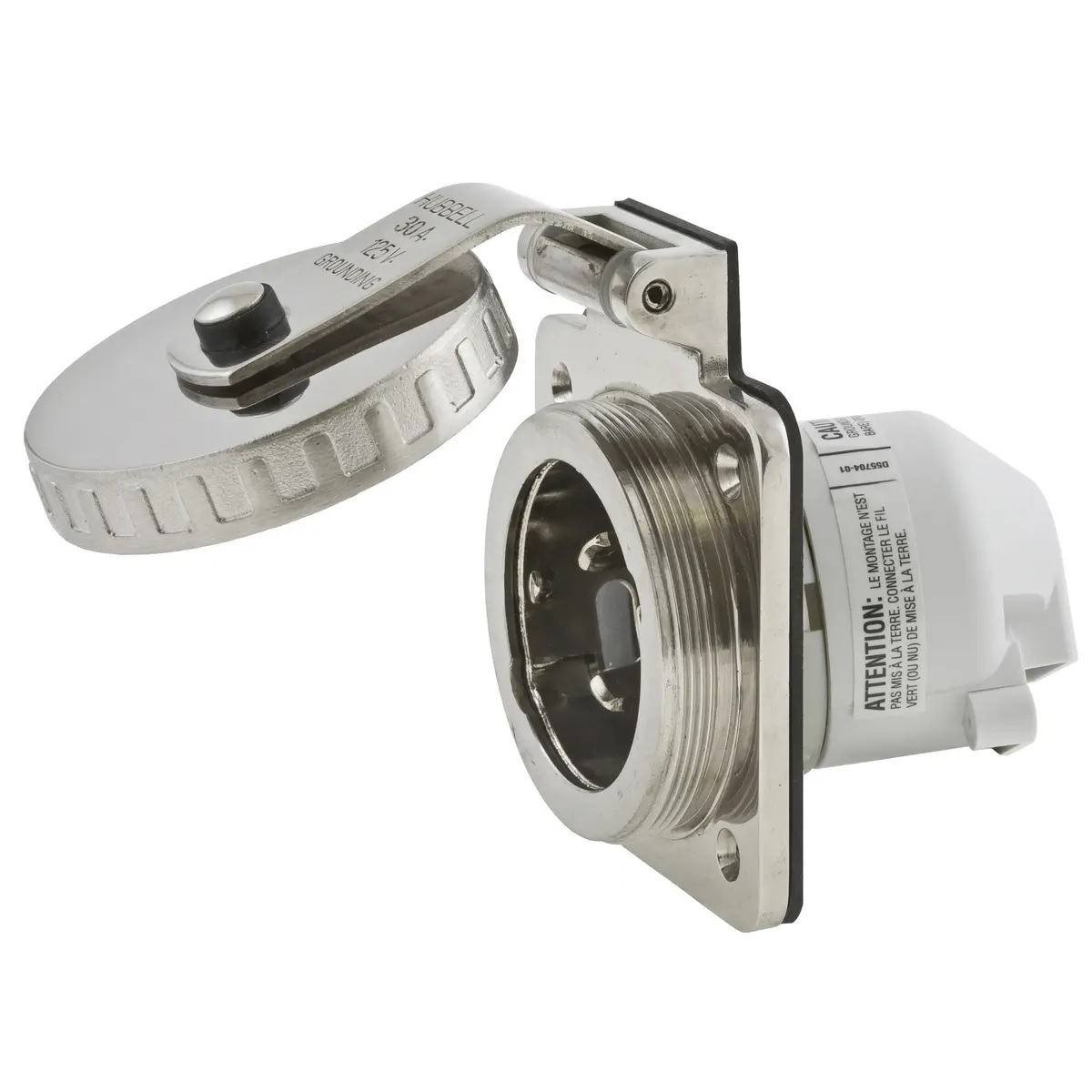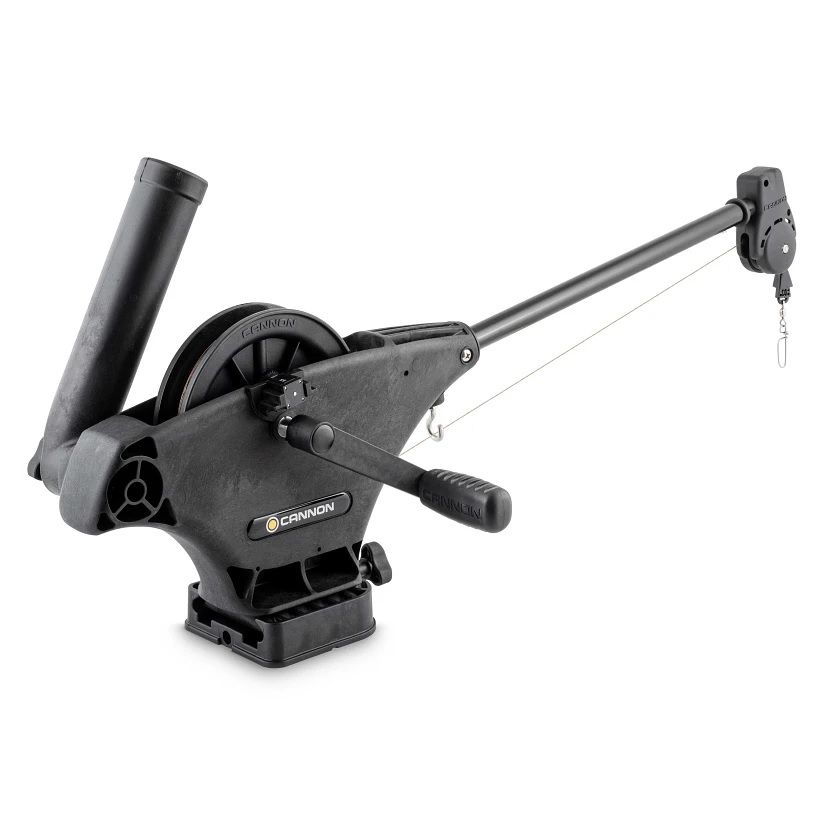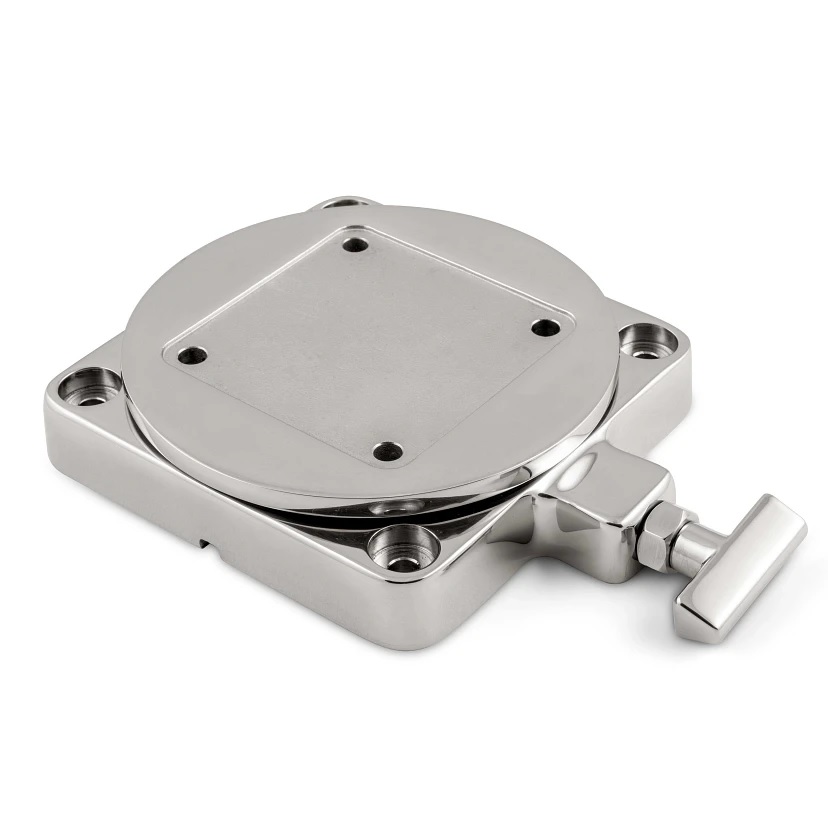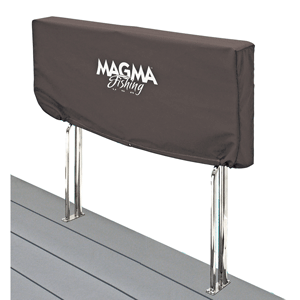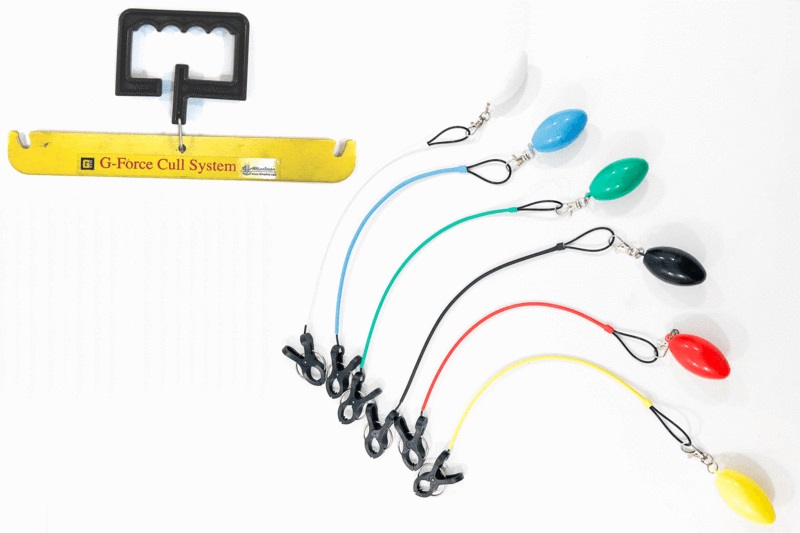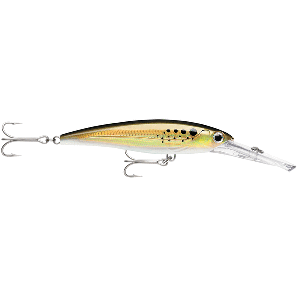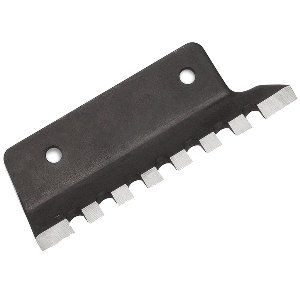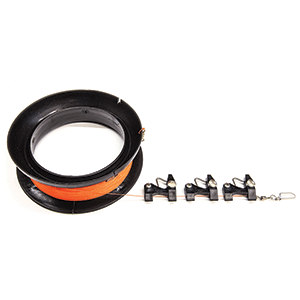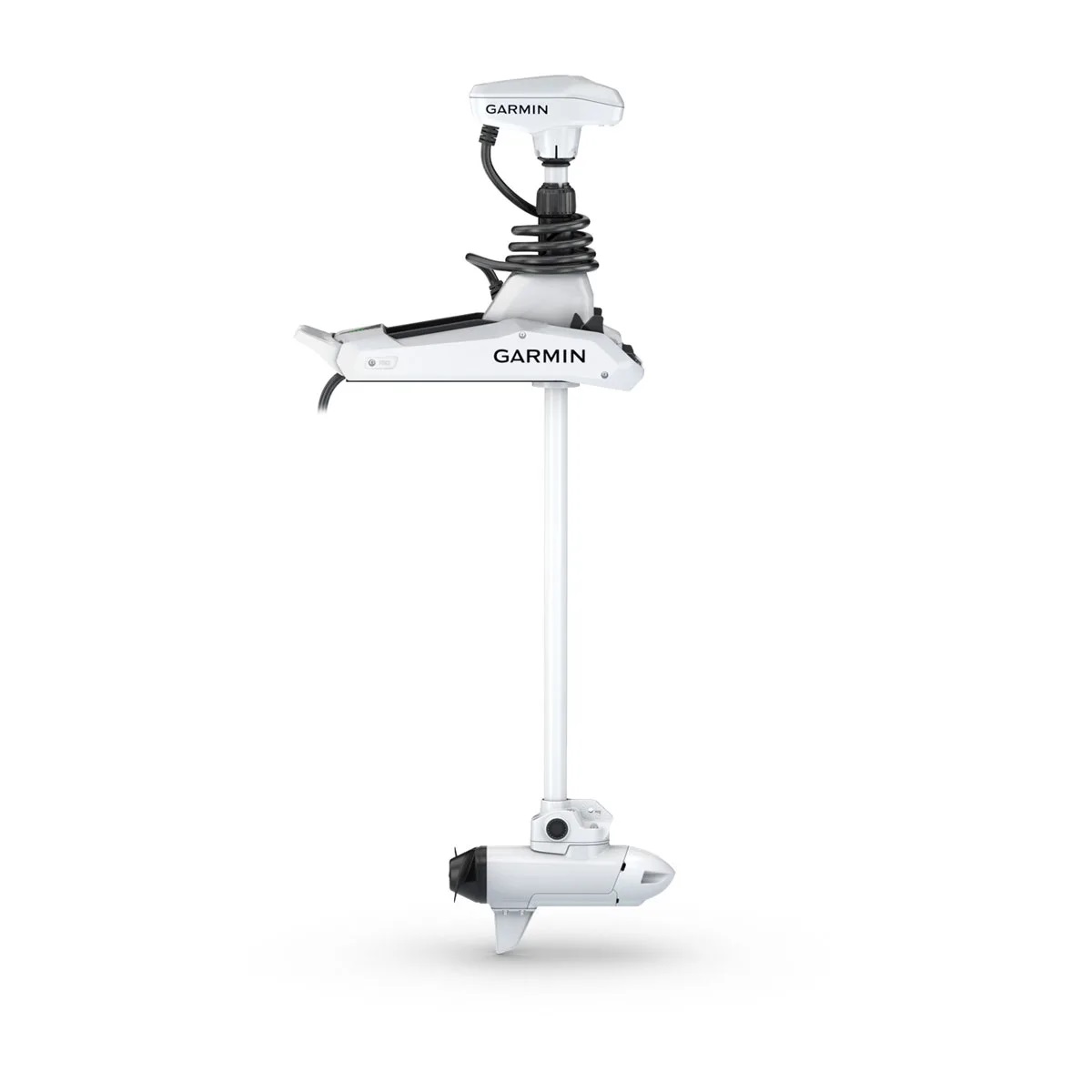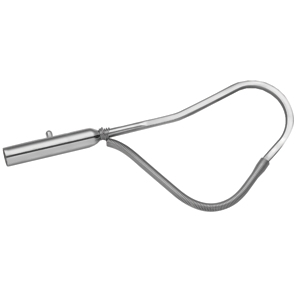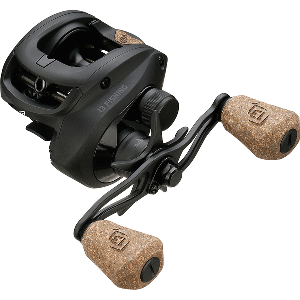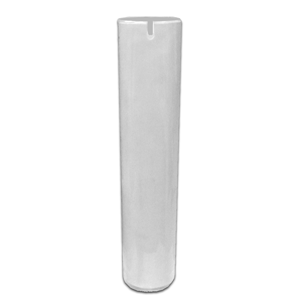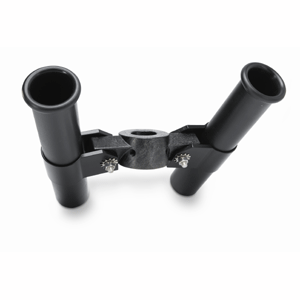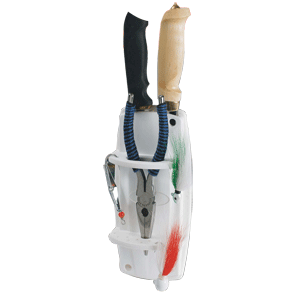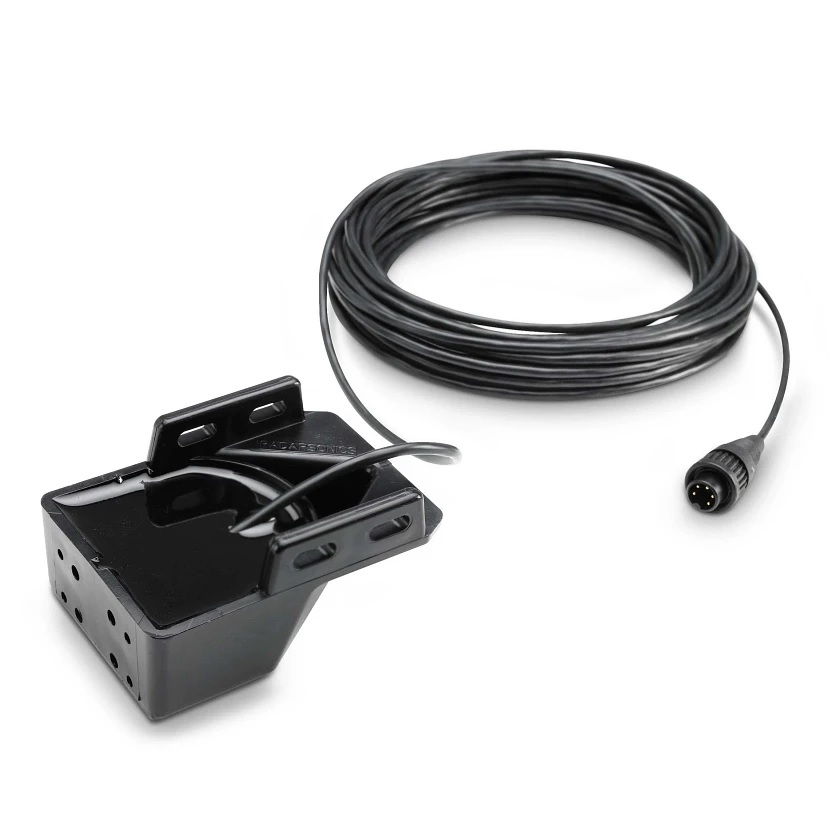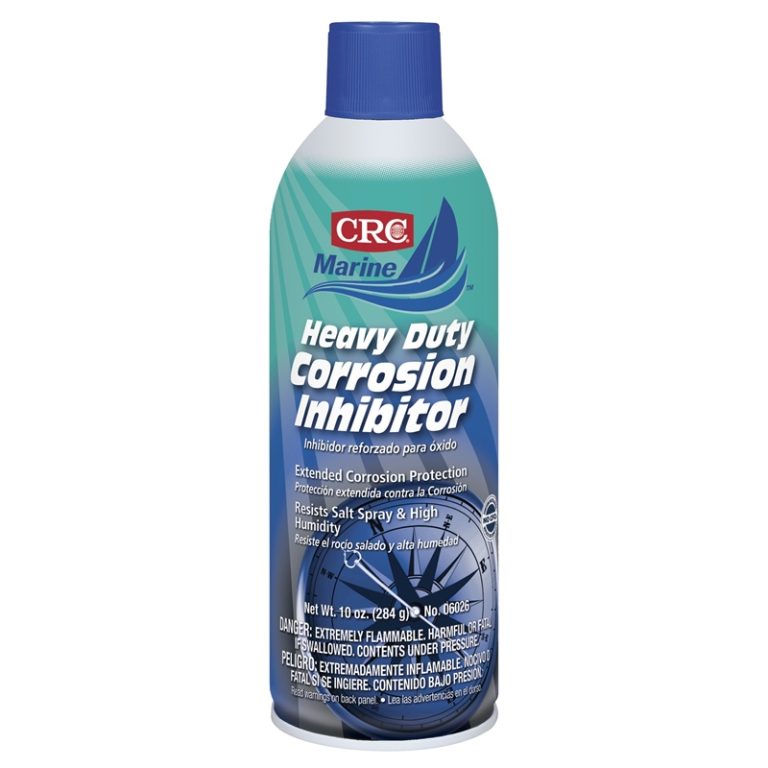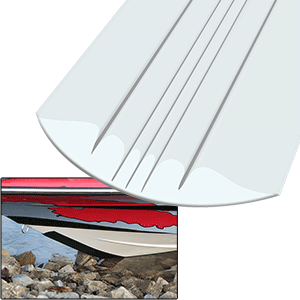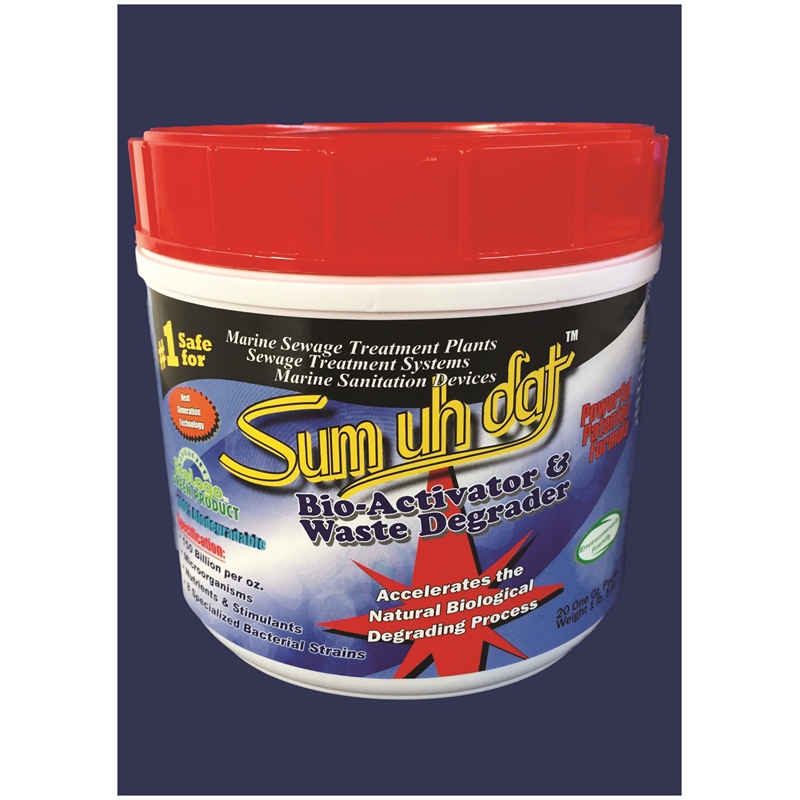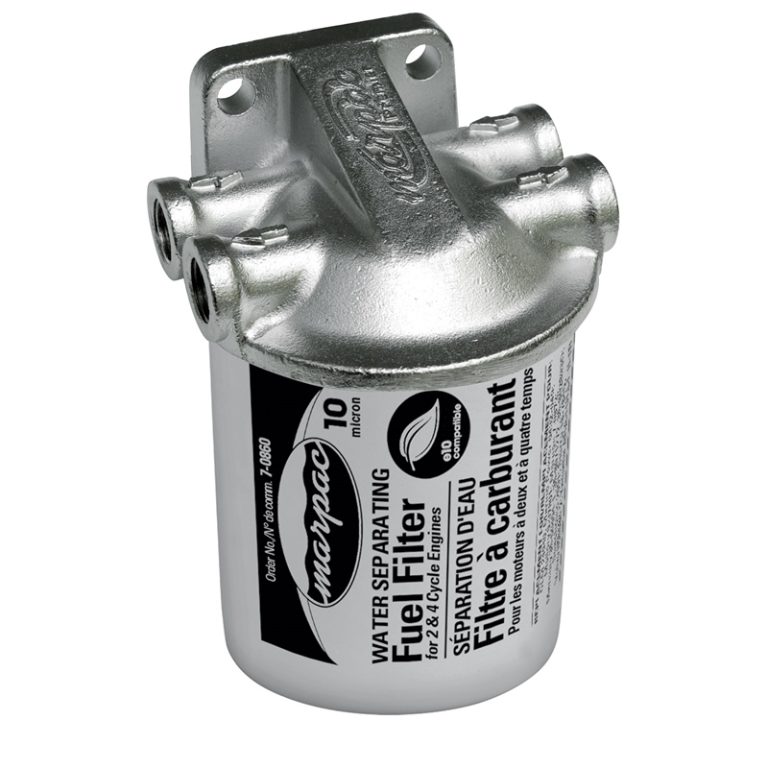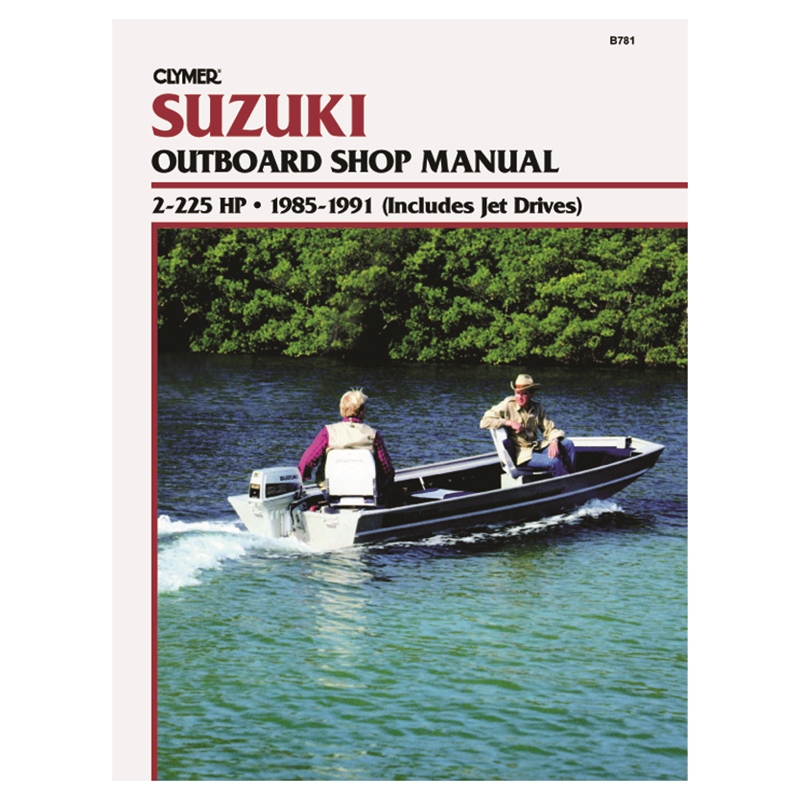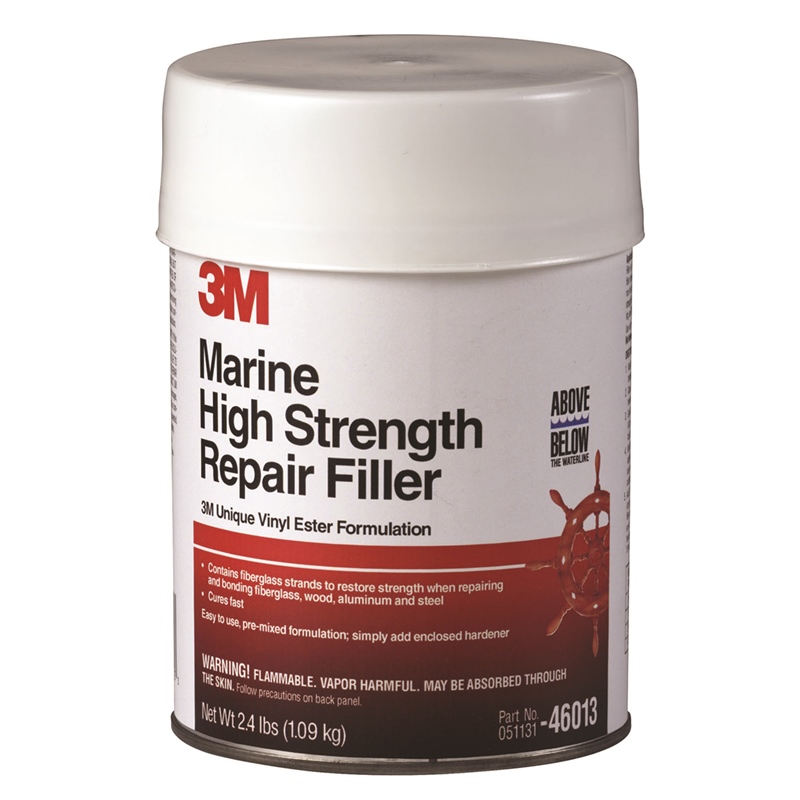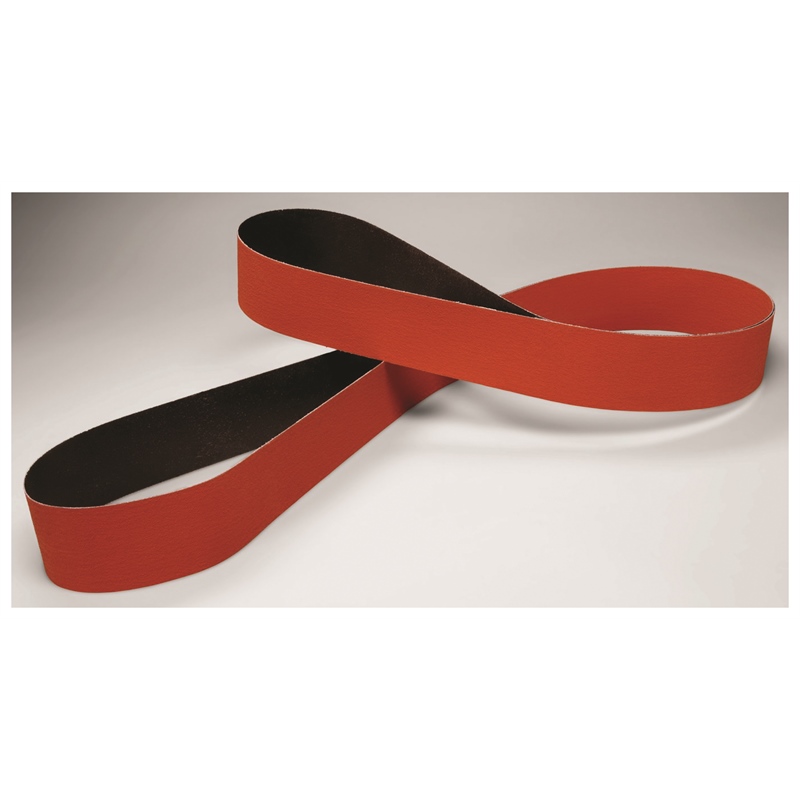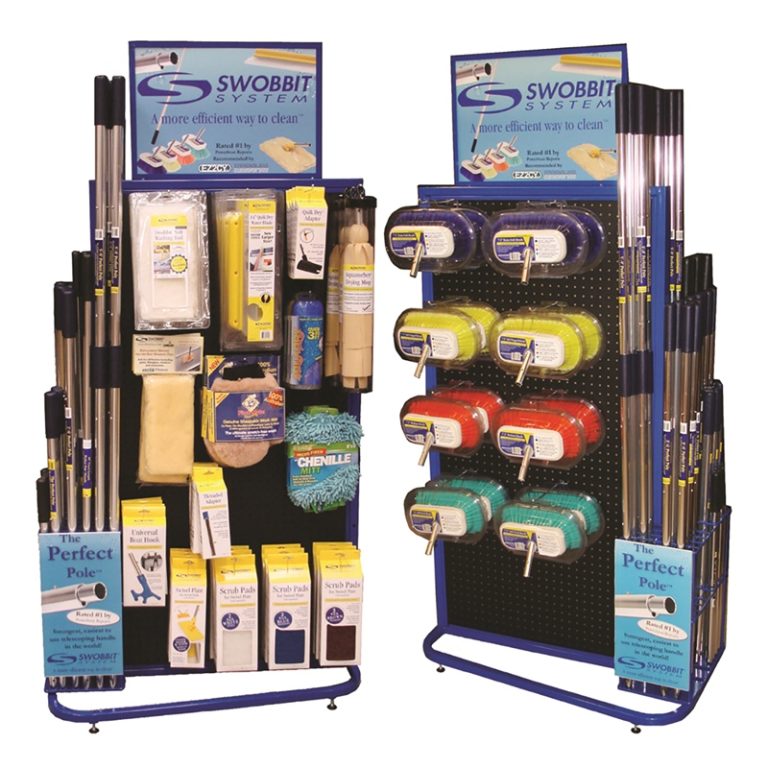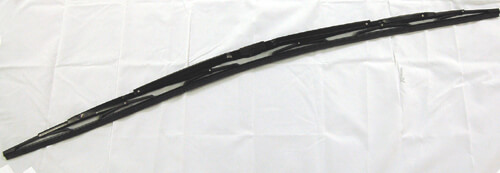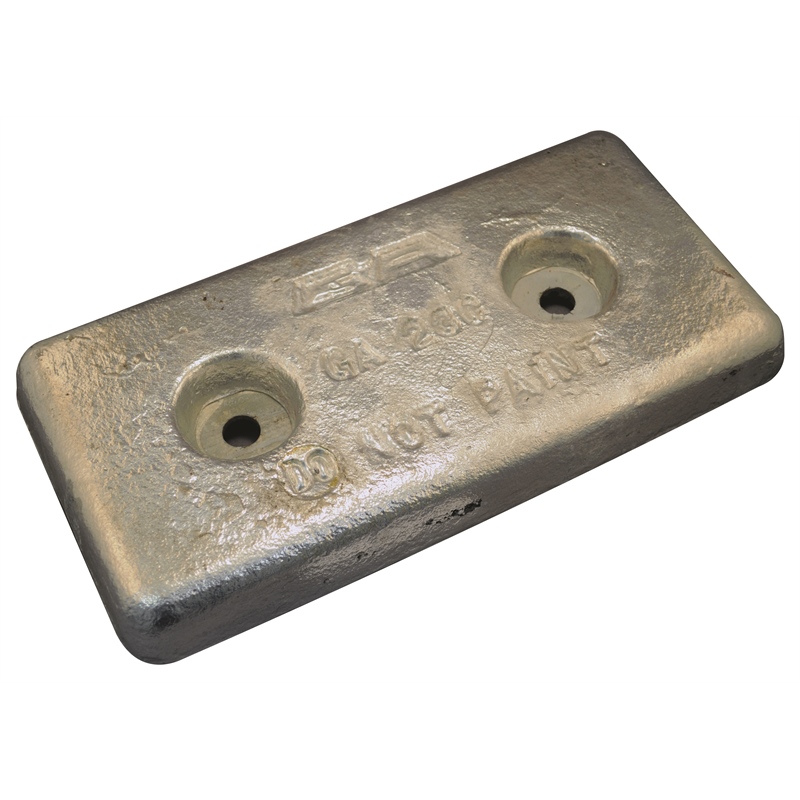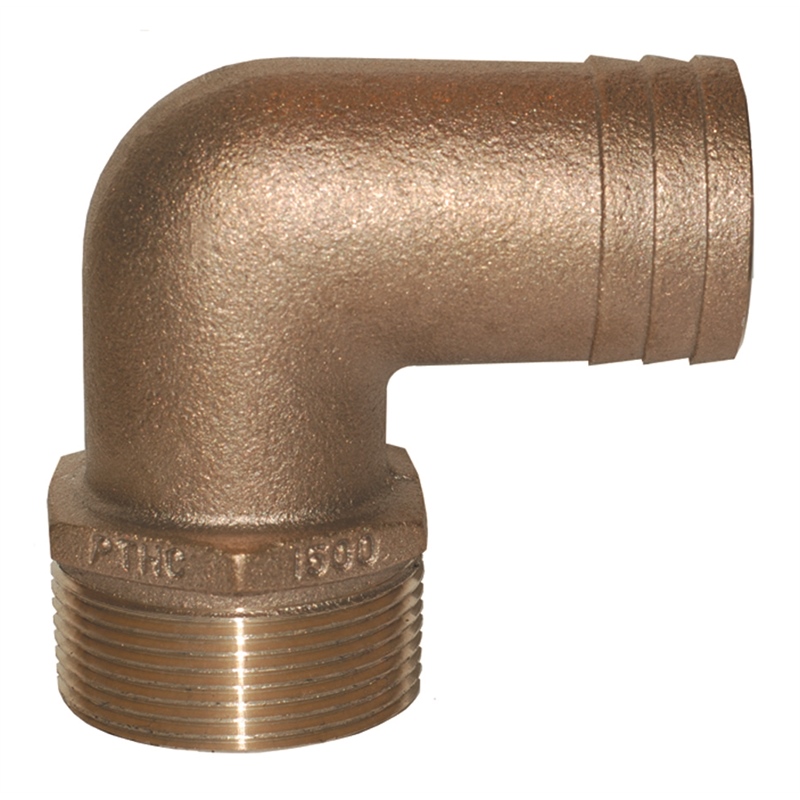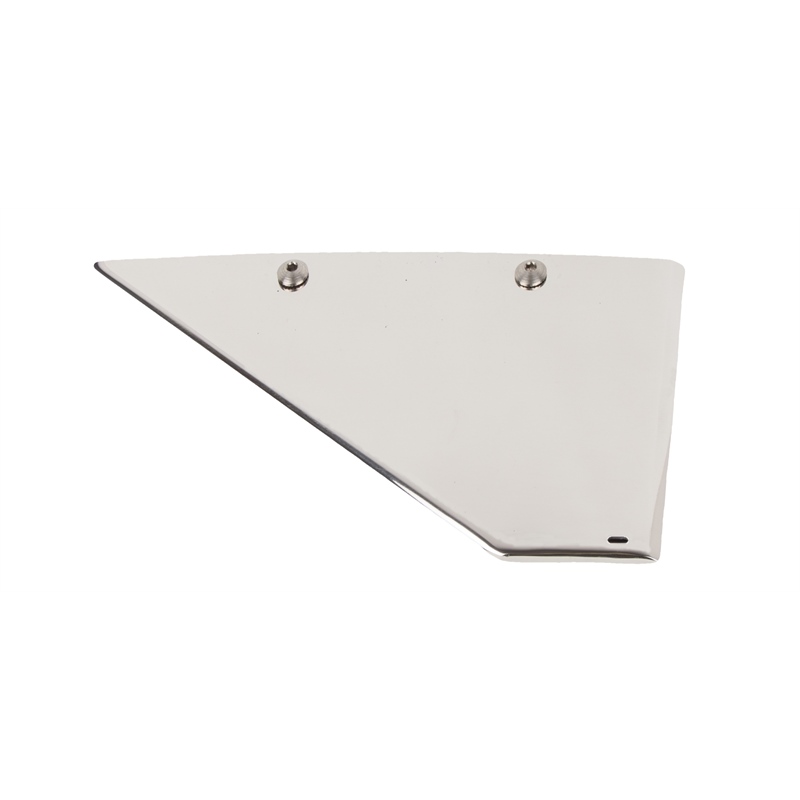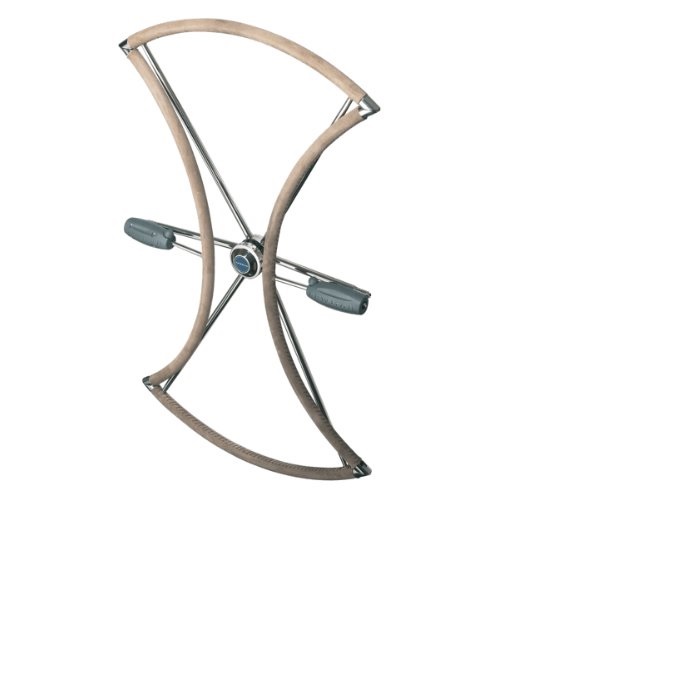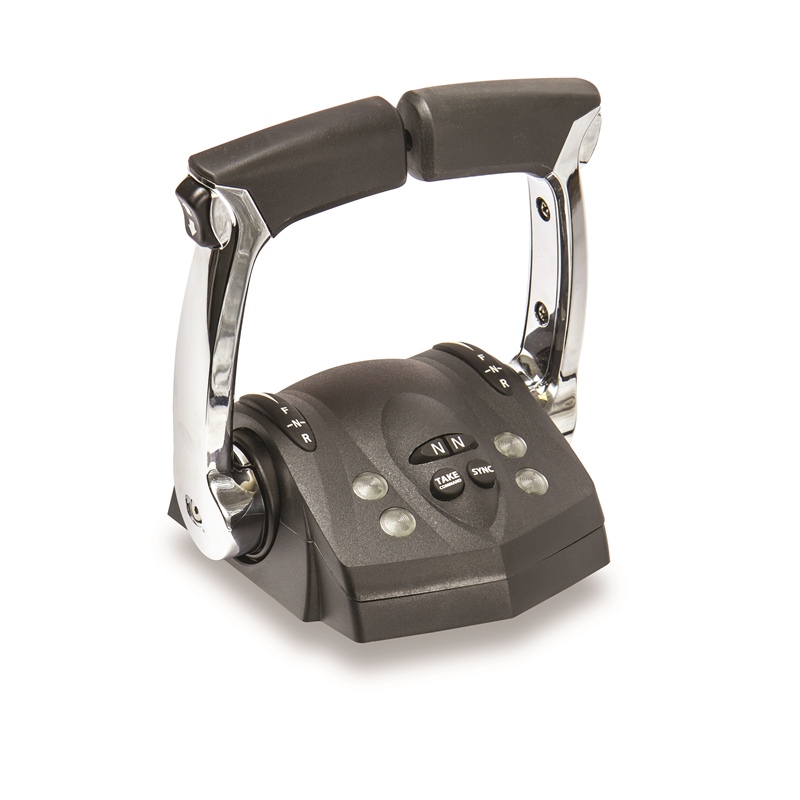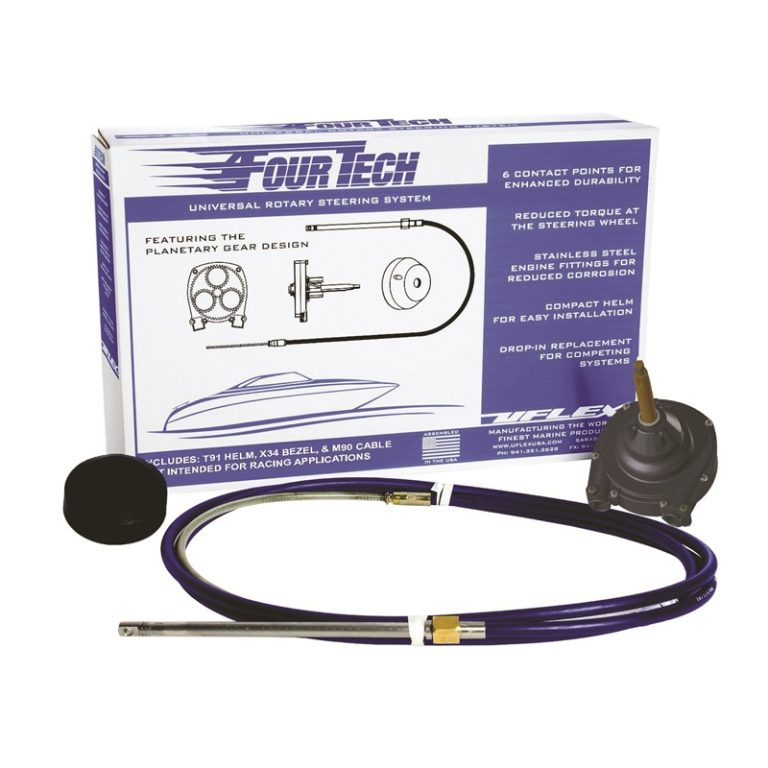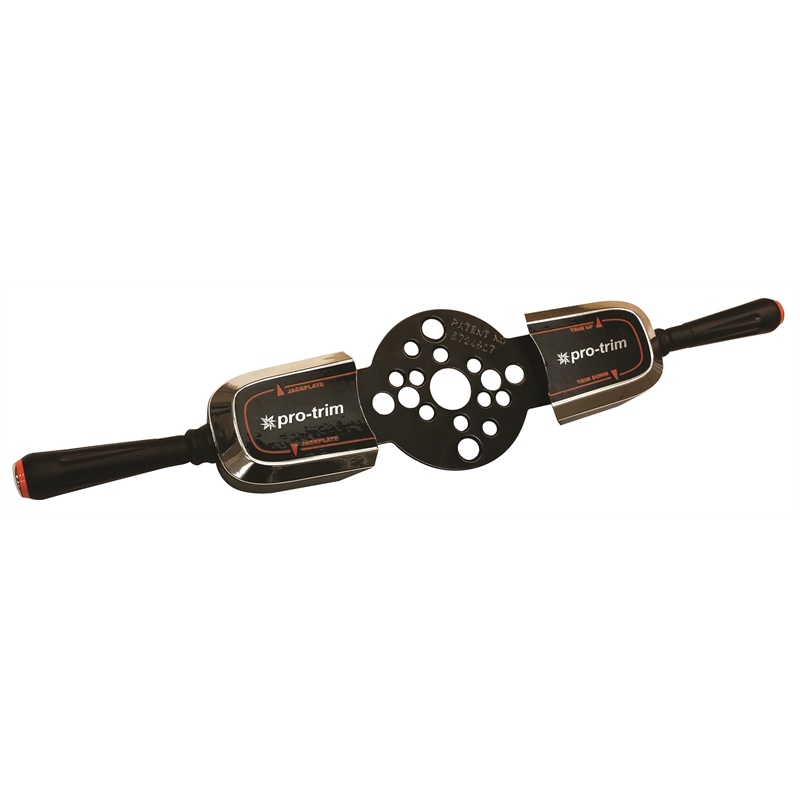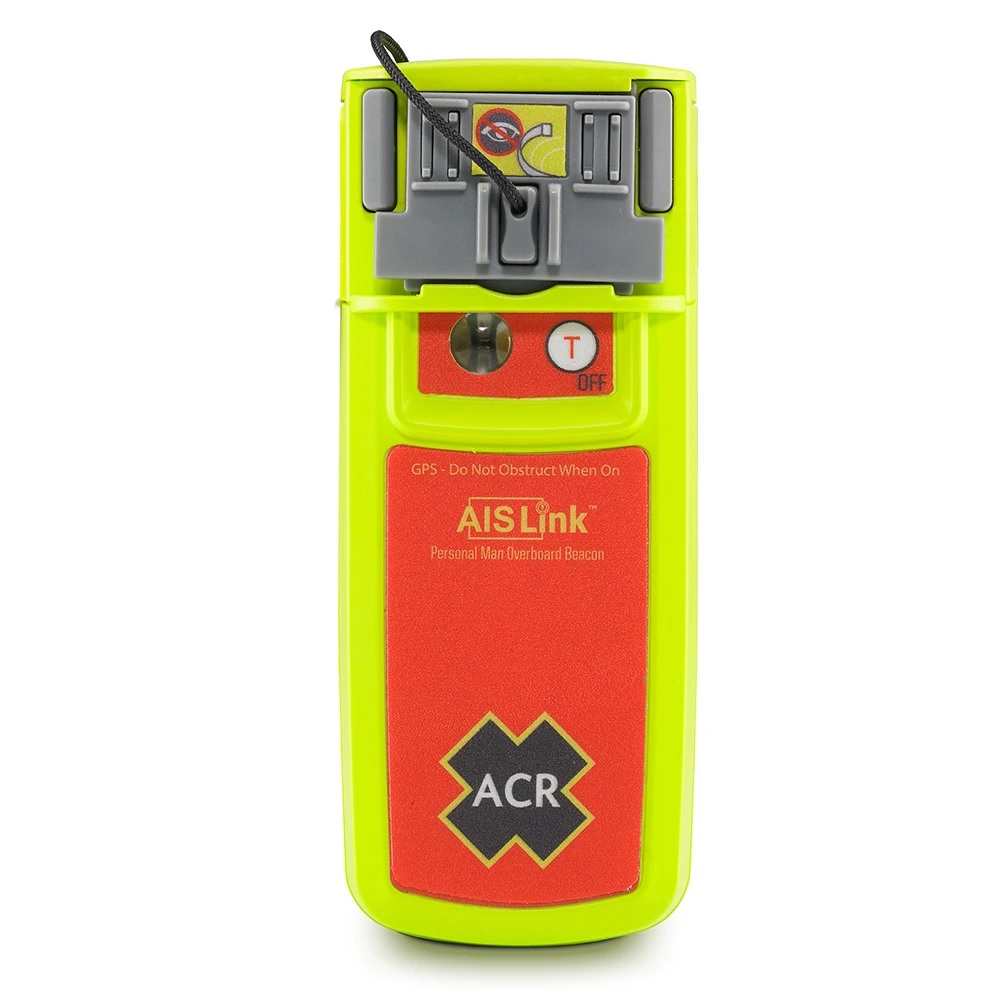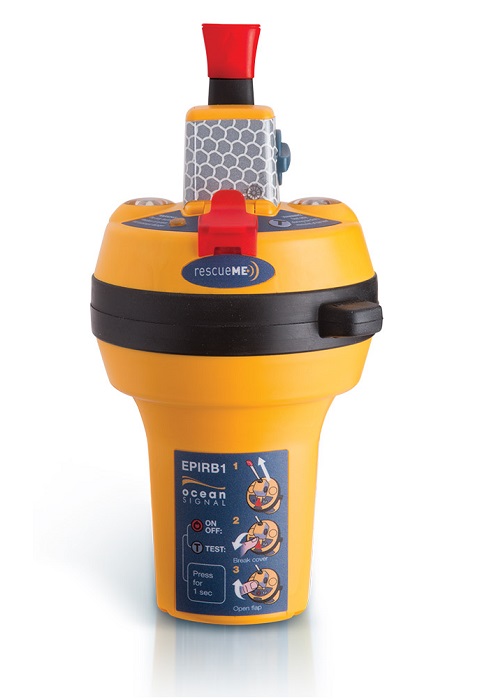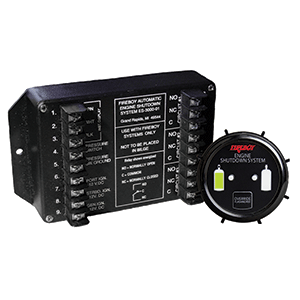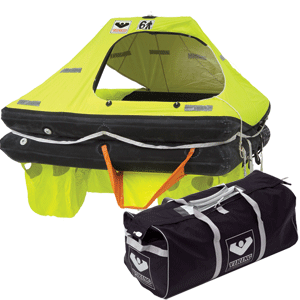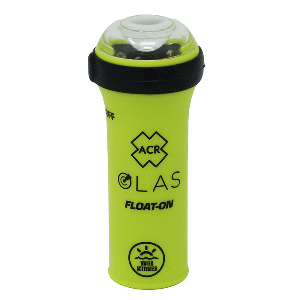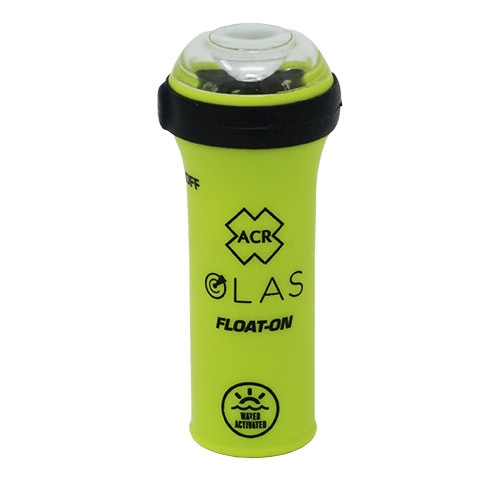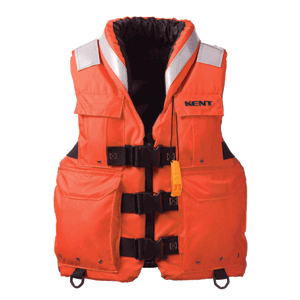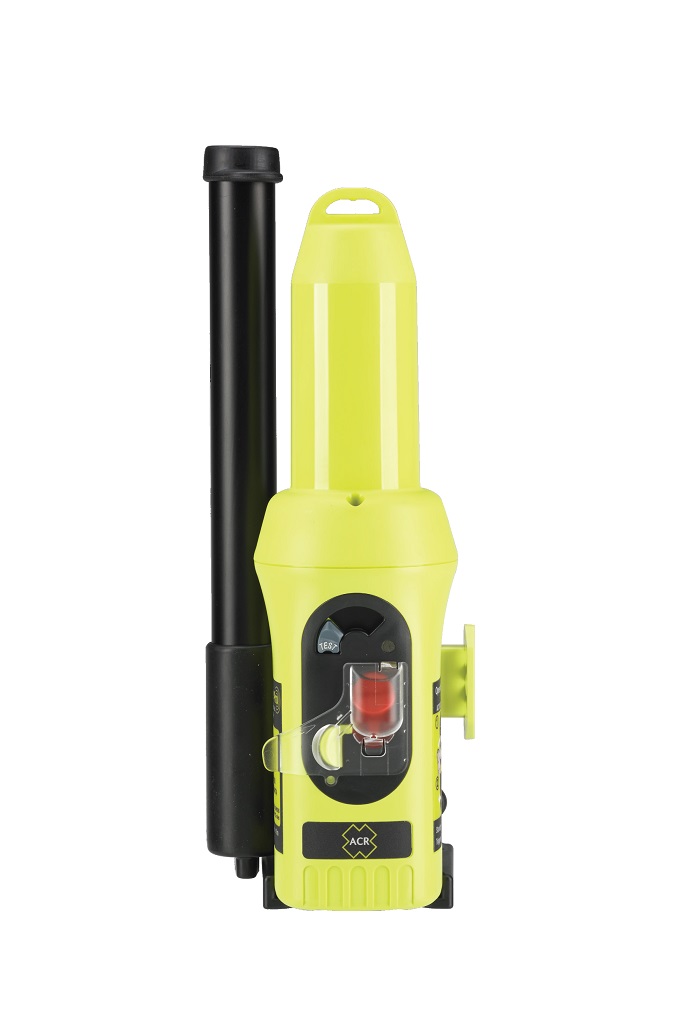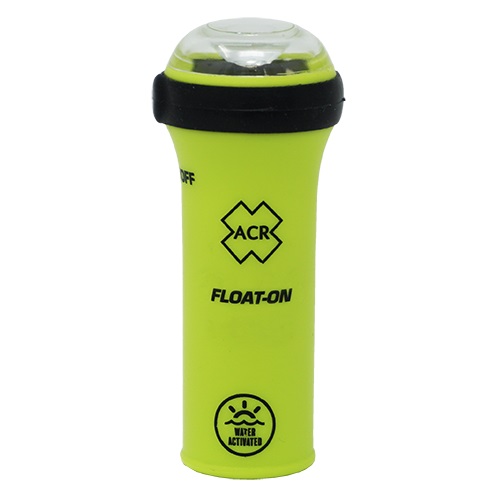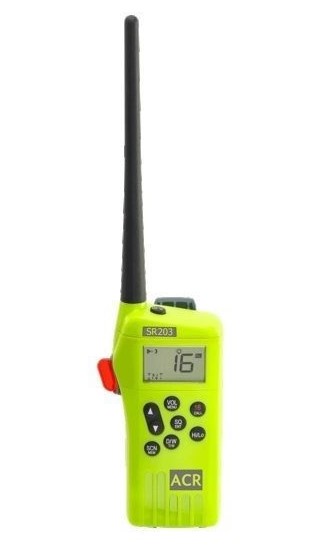Suzuki Lower Unit Replacement: Expert Guide to Repair, Replacement, and Maintenance

Your Suzuki outboard lower unit is an essential component that houses the gears, drive shaft, and water pump, making it critical for transmitting power and keeping your engine cool. Over time, due to wear or damage, a replacement of the lower unit may be necessary. This detailed guide covers everything you need to know about Suzuki lower unit replacement to ensure a smooth, cost-effective process and maintain your boat’s performance.
What Is the Suzuki Lower Unit?
The lower unit is the submerged part of your outboard motor, also called the gearcase. It contains the gears that transfer power from the engine to the propeller, the water pump that circulates cooling water to the engine, and the drive shaft. It’s exposed to harsh marine conditions and is subject to wear and corrosion. Proper care and timely replacement are vital to safeguard your boating experience.
When Is Suzuki Lower Unit Replacement Needed?
Several signs indicate that your Suzuki lower unit needs replacement or major repair:
Severe Gear Damage: Grinding noises or difficulty shifting gears.
Water Intrusion: Milky lower unit oil signals water contamination leading to rust.
Seal Failure: Oil leaks around the shaft or propeller.
Physical Damage: Cracks, impact damage, or corrosion on the gearcase.
Water Pump Failure: Overheating, or low water pressure issues.
Ignoring these signs can lead to total lower unit failure and possible engine damage.
OEM vs. Refurbished Suzuki Lower Units: What to Choose?
OEM Suzuki Lower Units
These are brand new, original equipment manufacturer units. They guarantee factory specifications, warranty, and longevity but come at a higher cost.
Refurbished Lower Units
Professionally rebuilt units that replace worn parts and are tested for reliable performance. These units provide budget-friendly alternatives but ensure they come from reputable sellers for quality assurance.
The choice depends on your budget, engine age, and usage. For high horsepower and frequent use, OEM parts are ideal.
Step-by-Step Guide to Suzuki Lower Unit Replacement
Tools and Equipment Needed
Socket wrench set and screwdrivers
Gear oil pump and high-quality marine gear oil
Replacement seals and gaskets
Marine grease and anti-seize compound
Clean workspace and safety gear
Removal Process
Prepare the Boat and Equipment: Tilt the outboard for easier access to the lower unit. Disconnect battery and ensure engine is off.
Remove Propeller: Take off the propeller and inspect for damage or fishing line wrapped around the shaft. Clean if necessary.
Unscrew Lower Unit Bolts: Typically, seven bolts secure the lower unit to the midsection. Remove all carefully while noting their positions.
Detach Shift Linkage: Gently disconnect the gear shift linkage visible on the side of the lower unit.
Lower Unit Removal: With assistance, carefully wiggle and pull the lower unit straight down without bending the drive shaft or shift shaft.
Inspect and Clean: Before installing the new or refurbished unit, clean mating surfaces and inspect drive and shift shafts for damage.
Installation Process
Apply Marine Grease: Before reinstallation, apply grease to shaft splines and shift linkage.
Align Shafts and Linkage: Carefully guide the shafts through the midsection hole, lining up shift rods.
Reinstall Bolts: Insert and snug bolts evenly, using a torque wrench if possible to manufacturer specs.
Replace Propeller and Oil: Reinstall the propeller and change the lower unit oil to ensure proper lubrication.
Test Functionality: Lower the motor, start the engine, and test forward/reverse shift engagement. Look for leaks or unusual noises.
Costs and Considerations for Lower Unit Replacement
OEM lower unit cost: Typically between $1,000 to $3,000 depending on horsepower and model.
Refurbished unit cost: Generally 40-60% less than OEM.
Installation cost: If done by professionals, expect $200-$500 in labor.
DIY replacement: Saves money but requires mechanical skill and correct tools.
Tips for Successful Lower Unit Replacement
Double-check part numbers before purchase to match your engine model/year.
Always replace with genuine or high-quality aftermarket parts.
Replace all seals and gaskets during installation to prevent leaks.
Maintain a clean environment to avoid contamination.
Keep a maintenance log for warranty and future reference.
If unsure, consult with a certified Suzuki dealer or marine mechanic.
How to Prevent Frequent Lower Unit Replacements
Good maintenance practices extend lower unit life:
Change lower unit oil every 100 hours or annually.
Flush engine with fresh water after saltwater use.
Inspect propeller shaft for debris regularly.
Avoid running aground or striking objects.
Store your boat properly in offseason with lower unit tilted down.
FAQs about Suzuki Lower Unit Replacement
Q: Can I replace the Suzuki lower unit myself?
A: Yes, provided you have the right tools and follow manufacturer guidelines carefully.
Q: How often should I replace the lower unit?
A: Replacement frequency depends on usage and damage; regular maintenance can extend its life significantly.
Q: What is the difference between OEM and refurbished lower units?
A: OEM units are brand new with warranty; refurbished units are rebuilt used parts, offering cost savings.
Q: Will replacing the lower unit affect engine warranty?
A: Using OEM parts and professional installation generally maintains warranty integrity.
Conclusion
Replacing a Suzuki lower unit can be a straightforward task if you understand the process, use quality parts, and adhere to proper installation techniques. Whether opting for OEM or a quality refurbished unit, timely replacement ensures your outboard runs smoothly and reliably.
Read More:
Yamaha Lower Unit Compatibility Chart | 5 Reliable Steps to Choose the Right Replacement
Yamaha Outboard Motor Lower Unit — Anatomy, Purpose, and Common Issues
Yamaha Lower Unit Upgrades: Performance Mods Worth Considering
👉 Upgrade Your Yamaha Outboard Today
Get the best-performing Yamaha lower units at unbeatable prices.
Have any questions? Our experts are available anytime — just text us in the chatbot below.


